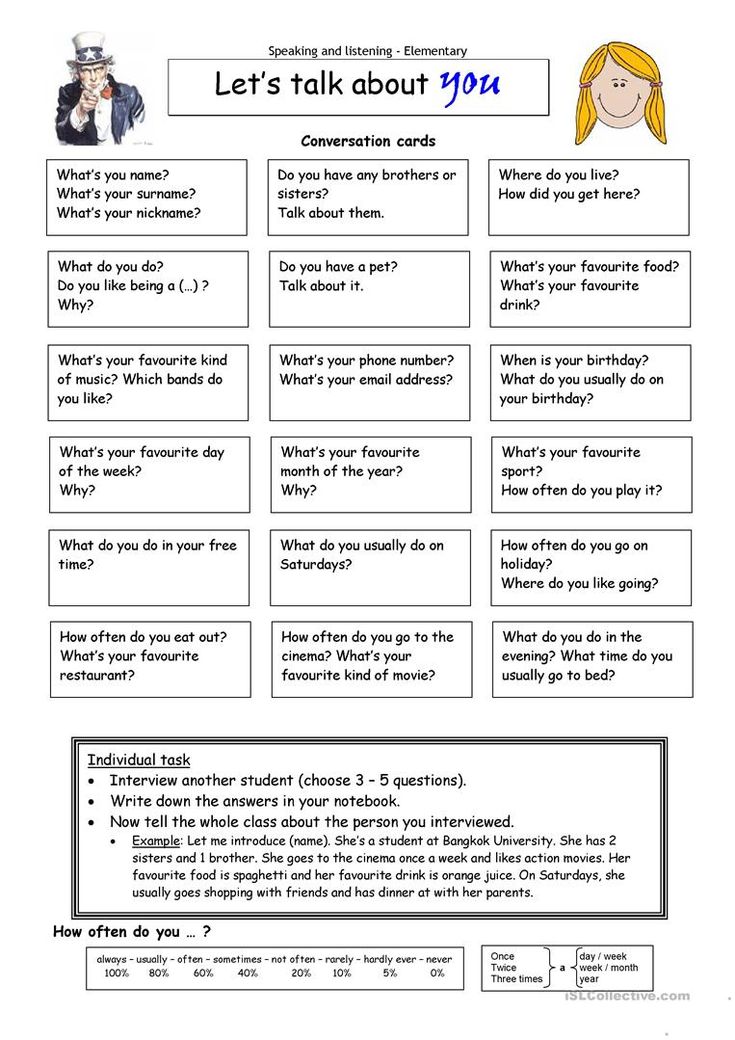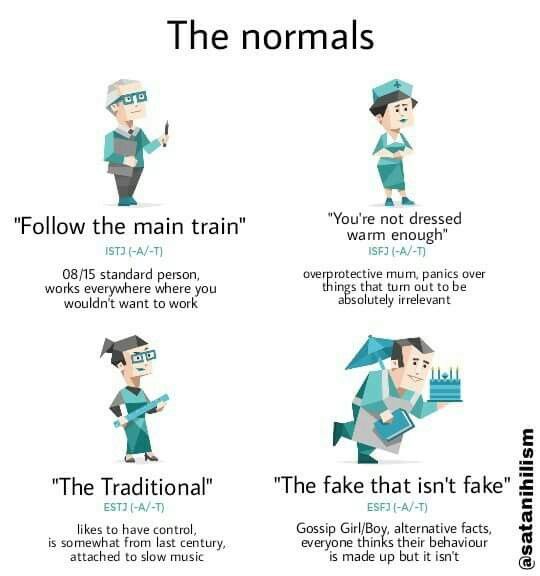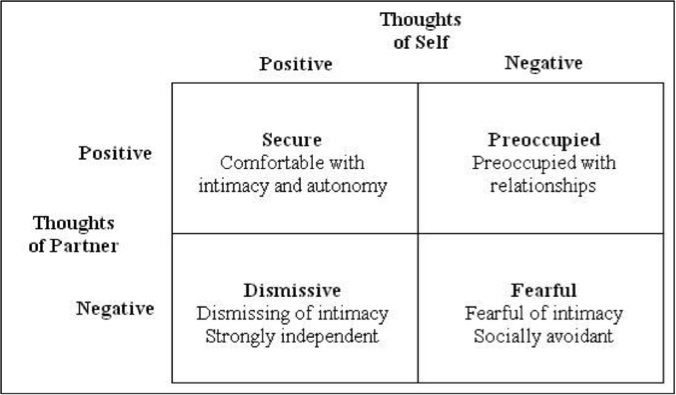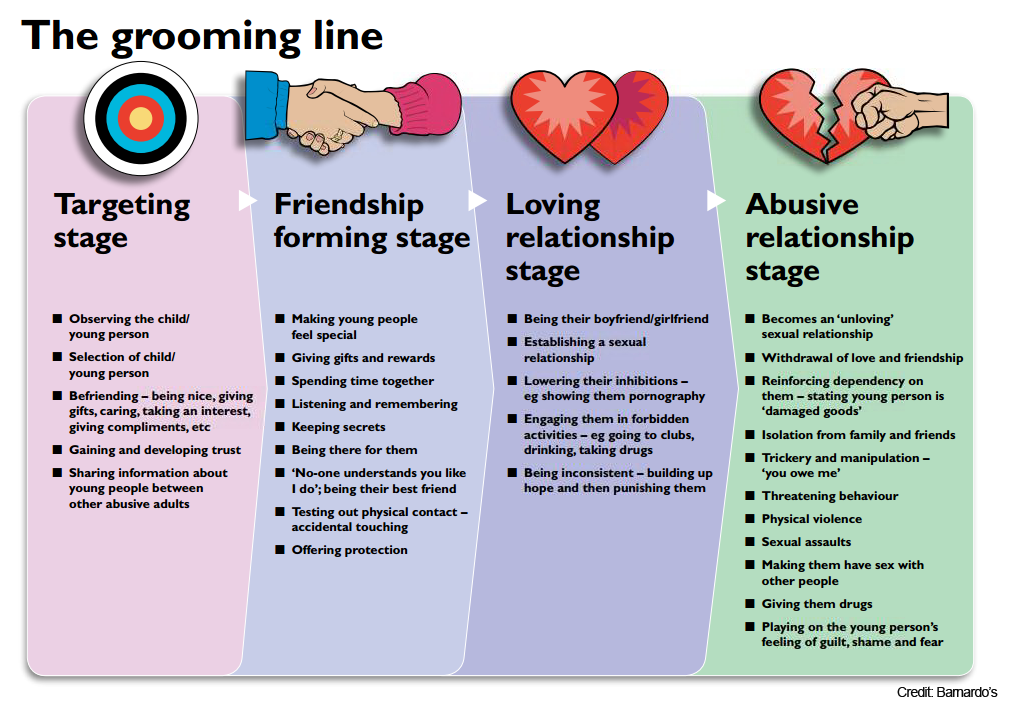What are the types of ocd
5 Common Types of OCD
Obsessive-compulsive disorder (OCD) is a psychiatric condition that causes people to have distressing and repetitive thoughts (obsessions) that often lead to an action they feel the need to perform (compulsions). They may need to do these compulsions once or repeatedly until they feel more at ease. Obsessions and compulsions can vary from person to person, but doctors usually characterize these into specific groups. People often experience symptoms from several different categories, which can evolve over time. Here are some of the most common.
1. Organization
Possibly the most recognizable form of OCD, this type involves obsessions about things being in precisely the right place or symmetrical. For example, someone may feel the need to have all wall hangings level, make all labels on cans in the pantry face outward, or keep everything on their desk completely neat. If the person doesn’t perform the compulsions to make everything just right, they might experience distress or even thoughts that the lack of organization will cause some unrelated harm to them or their loved ones.
2. Contamination
Contamination OCD revolves around two general ideas. The first is the thought that people can spread non-viral illnesses through touch or proximity. The second is that everyday things, thoughts, and words can “contaminate” a person, making them feel unclean. People with this type often feel the need to wash their hands repeatedly and clean items frequently to avoid spreading the perceived contamination. They may fear making themselves or someone else ill from being careless, or they might feel disgusted and uncomfortable around “unclean” items, which can lead to avoidance of certain objects, people, or places.
3. Intrusive Thoughts
People who experience intrusive thoughts have distressing and often abhorrent ideas pop into their heads seemingly at random. These obsessions can involve hurting a loved one, causing harm to a stranger, or even the idea that simply thinking about something can make it more likely to occur. To quiet these obsessions, a person might have to perform an action, such as saying something aloud or repeating something mentally.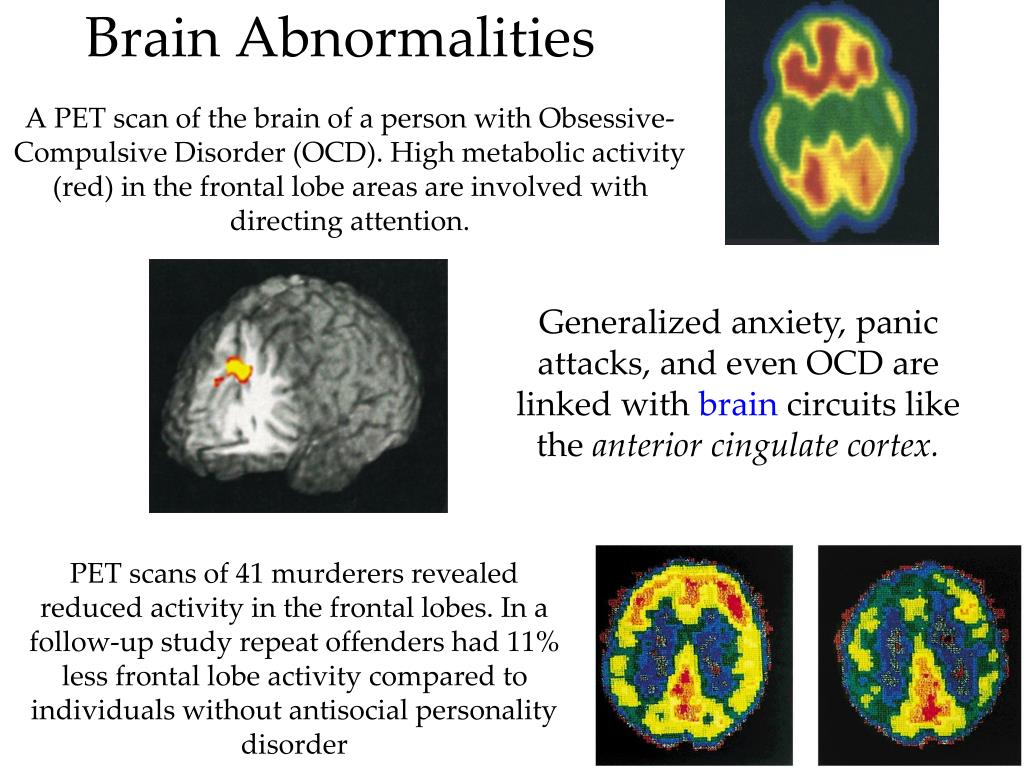 While people who experience intrusive obsessions may have violent or harmful thoughts, they neither agree with them nor do they act upon them. In fact, these ideas are so contradictory to how they feel that people often become distressed that their mind even created the thought in the first place.
While people who experience intrusive obsessions may have violent or harmful thoughts, they neither agree with them nor do they act upon them. In fact, these ideas are so contradictory to how they feel that people often become distressed that their mind even created the thought in the first place.
4. Ruminations
This type has similarities with intrusive thought-based OCD, but there are some key differences. The ideas that get stuck in the head of someone with rumination-based OCD aren’t repulsive or distressing. Instead, they might be philosophical, religious, or metaphysical conundrums (essentially questions that have no proven answers). People who experience ruminations will be stuck on this topic for a while and might ignore responsibilities while they try to figure out an answer. Since these questions often have no definitive solution, people might feel unsatisfied or empty after thinking about this topic for so long.
5. Checking
Checking is an obsession in which a person is concerned about causing damage or harm by being careless.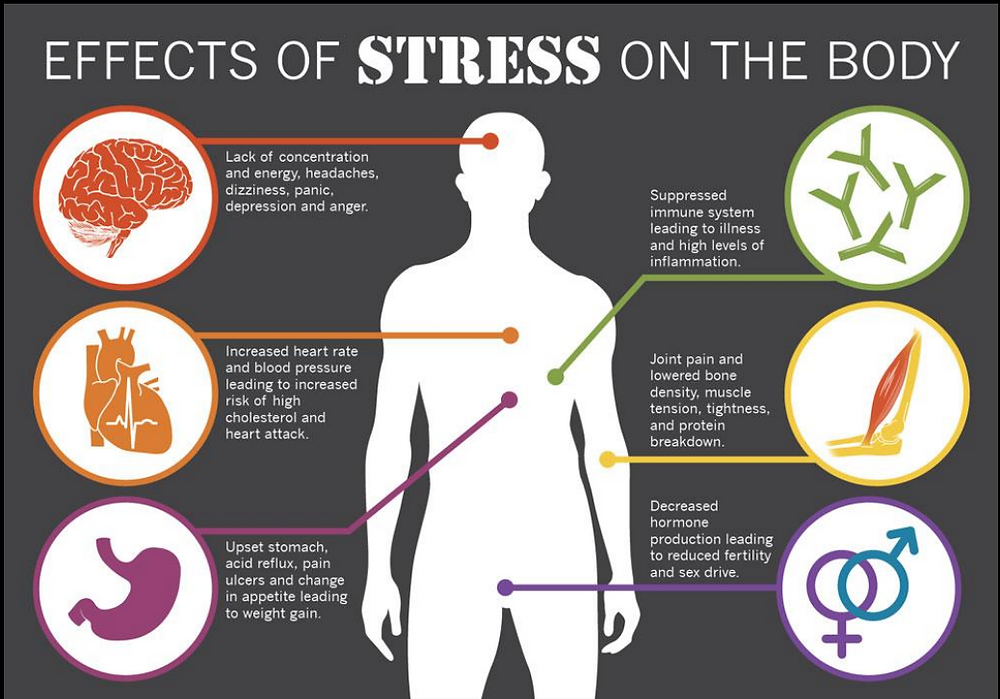 Their compulsions might include checking doors to make sure they’re locked, stoves to make sure the burners are off, or their wallet to make sure their credit cards, IDs, and cash are all still there. They might have to check something multiple times or even stare at it for a period before they can feel more at ease.
Their compulsions might include checking doors to make sure they’re locked, stoves to make sure the burners are off, or their wallet to make sure their credit cards, IDs, and cash are all still there. They might have to check something multiple times or even stare at it for a period before they can feel more at ease.
If any of these obsessions or compulsions sound familiar to you, or even the general concept sounds right (without the thoughts and actions lining up directly), schedule an appointment with your Baylor St. Luke’s Medical Group primary care physician. If you think your child may be exhibiting OCD symptoms, speak with their pediatrician. They can refer you to a psychiatrist and help you on the way to diagnosis and treatment.
Sources:
OCD UK | Types of OCD
International OCD Foundation | OCD and Contamination
Types of OCD | OCD-UK
Checking
The need to check is the compulsion, but the obsessive fear might be to prevent damage, fire, leaks or harm.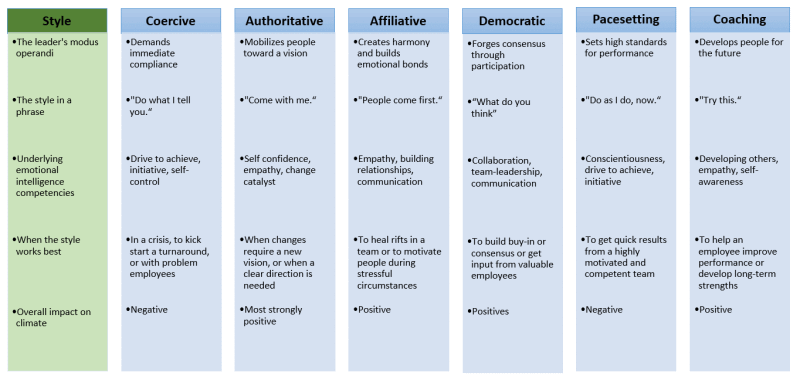 Common checking obsessive worries and compulsions include:
Common checking obsessive worries and compulsions include:
Reassurance
The sufferer will often seek reassurance about their OCD fears, usually from a loved one or via sources such as Google or local news outlets. Frequently the obsessional worry is that something bad may have happened to a loved one, so they will repeatedly check they're OK. Another obsessional fear leading to reassurance seeking compulsions is worries that their partner may no longer have feelings for them or love them or they may have upset their loved one.
Past memories
The person with OCD will often check their own memory to try and recall past events for reassurance they they did not cause harm to a loved one or child or even a stranger. The more they try and recall the more OCD doubts set in, further worsening the need to be certain and therefore to check more.
Door locks and/or windows
Door locks and/or windows will be checked and the handle pulled multiple times until there is a ‘feeling’ of certainty that they’re secure. The obsessions go far beyond that someone might break in and steal treasured possessions and spill over into feeling responsible for preventing the consequences of not checking and the guilt that would follow if there was a theft.
The obsessions go far beyond that someone might break in and steal treasured possessions and spill over into feeling responsible for preventing the consequences of not checking and the guilt that would follow if there was a theft.
House/office alarm
It’s common for someone with OCD to spend considerable time checking that their home or office alarm is set, sometimes through staring at it, sometimes constantly resetting until such time it ‘feels’ set. The primary obsessional worry is that if it’s not set correctly somebody will break in and valuables will be stolen, the secondary obsession is that the person has an heightened sense of responsibility to check, otherwise theft will be their fault, and it will make them feel guilty and like a bad person for not checking enough.
Gas or electric stove knobs
The person with OCD may physically keep checking the knob is securely in the zero/off position or spend time fixated and staring at the knobs until there is a ‘feeling’ of certainty that it is safely off. The primary obsession is that the property may catch fire and burn down killing loved ones or neighbours or that treasured possessions will be destroyed. The primary obsessive fear will spill over into feeling responsible for the consequences of not checking and the guilt that would follow for allowing the loss of life and property destruction.
The primary obsession is that the property may catch fire and burn down killing loved ones or neighbours or that treasured possessions will be destroyed. The primary obsessive fear will spill over into feeling responsible for the consequences of not checking and the guilt that would follow for allowing the loss of life and property destruction.
Water taps
The person with OCD may physically keep checking the tap is in the off position or spend time fixated and staring at the tap until there is a ‘feeling’ of certainty that it is off and no water is dripping. The primary obsession is about leaving a tap running and causing a flood in either their property and/or a neighbouring property. This may result in treasured possessions being destroyed or an electrical fire occurring and the property catching fire causing further damage and/or deaths. The primary obsessive fear will spill over into feeling responsible for preventing the consequences of not checking and the guilt that would follow for allowing the loss of life and expensive property destruction.
Car
Each time the car is parked, the person with OCD may physically keep checking the car is secure and/or lights are off by pulling at door handles, physically staring at lights and pulling at the light switch to ensure it is in the off position and/or pulling on the handbrake. The primary obsessive worry is that the car may be stolen, or the handbrake is left off and it will roll back causing a serious accident or that the lights may be left on causing a dead battery. The primary obsessive fear will spill over into feeling responsible for the consequences of not checking and the feelings of guilt that would follow for allowing the consequences to happen.
Electrical appliances e.g. hair straighteners
The person with OCD may physically keep checking electrical devices like computers or hair straighteners are off, this will usually happen at night before bed and can take a significant amount of time. The primary obsession is that the property may catch fire and burn down killing loved ones or neighbours or that treasured possessions will be destroyed. The primary obsessive fear will spill over into feeling responsible for the consequences of not checking and the feelings of guilt that would follow for allowing the loss of life and property destruction.
The primary obsessive fear will spill over into feeling responsible for the consequences of not checking and the feelings of guilt that would follow for allowing the loss of life and property destruction.
House lights and candles
For similar obsessional fears to the above checking, the person with OCD may physically keep checking lights, lamps and candles to ensure they are off, this will usually happen each and every time the person leaves the house and in the evening before bed which can take a significant amount of time. The primary obsession is that the property may catch fire and burn down killing loved ones or neighbours or that treasured possessions will be destroyed. That primary obsessive fear will spill over into the responsibility and consequences of not checking would lead to guilt for allowing the loss of life and property destruction.
Emails or letters
Before sending/posting an email/letter someone with OCD may spend considerable time checking the text, re-reading every line over and over again out of fear of saying something inappropriate or offensive or until it 'feels' right.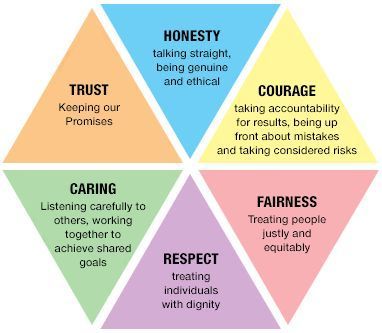 The primary obsessive fear will be that saying something inappropriate may lead to guilt and feelings of disapproval from the recipient.
The primary obsessive fear will be that saying something inappropriate may lead to guilt and feelings of disapproval from the recipient.
Driving route and checking car
The person with OCD may repeatedly drive their journey, retracing their route to check for signs of accidents ( the obsessional fear), the person may also spend time checking the exterior of the car for signs of impact. The fear may also lead to feelings of guilt and worries about consequences of causing a fatal accident which may lead to prison, loss of employment or their family disowning them.
Checking with a camera
The person with OCD will routinely check a room or other location before leaving by taking photos with a phone or digital camera so they can check later that they have not left anything behind, from seemingly worthless bits of paper to more valuable items. The primary obsessional fear is that they may leave and lose something they may later need, but the fear may also lead to feelings of guilt and worries about being irresponsible for not checking, perhaps meaning that they are a careless and/or a bad person and having a sense of ‘incompleteness’.
Illness and conditions
The person with OCD will have the obsessional worry that seeing mild symptoms means they are going to develop an illness and will repeatedly check their body for more signs, google various medical websites for symptoms and even visit the GP for diagnosis and checks. The secondary obsessional fear and worry is that the illness is present and they will become seriously ill and/or die, or that they would be to blame for spreading viruses if they are ill themselves.
Re-reading text
Re-reading text, usually in a book but also can be in a letter or on an email over and over again is a common checking problem. They will keep reading until they 'feel' confident they have taken the text in correctly. The primary obsessional fear is not quite taking in the information or missing something important from the text.
Pregnancy
For some women suffering with OCD, they can become convinced that they have picked up semen from toilet seats and will become accidentally pregnant, equally through protected and unprotected sexual encounters, even if not full sexual penetration. The person suffering with OCD will be convinced, that they have become pregnant and will engage in checking for signs, pregnancy tests at home and through their GP. Sometimes such obsessional worries will lead to avoidance's of public toilets and sexual encounters.
The person suffering with OCD will be convinced, that they have become pregnant and will engage in checking for signs, pregnancy tests at home and through their GP. Sometimes such obsessional worries will lead to avoidance's of public toilets and sexual encounters.
Schizophrenia
Two checks this is a very specific and common OCD problem where the person with OCD will have the obsessional worry that their OCD will lead to them developing schizophrenia. They will repeatedly check and google various medical websites for symptoms and even visit their GP for diagnosis and checks. The secondary obsessional fear and worry is that the illness is present and they will become seriously ill and it will lead to them losing control and carrying out dangerous behaviours that go against their morals.
HIV and AIDS
We will categorise this separately because of it being a very specific and a very common OCD problem. The person suffering with OCD will be convinced, perhaps through unprotected and protected sex or sexual activity that they have become infected with HIV or AIDS.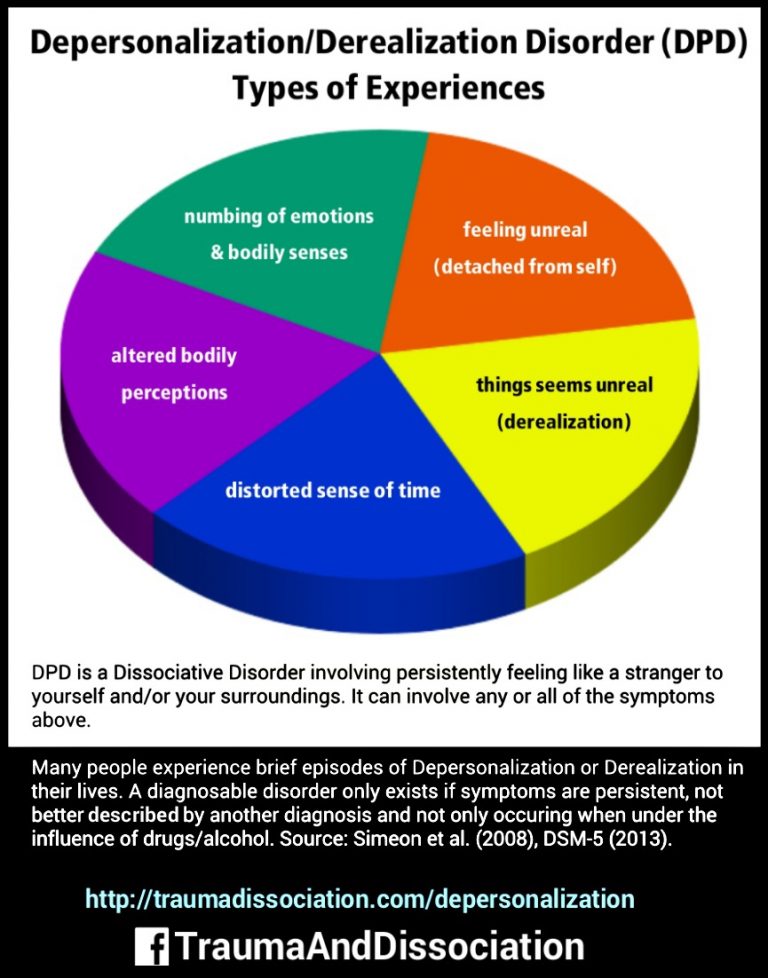 The person suffering may worry that they weren't careful enough during a past sexual encounter and in addition avoids new sexual encounters. They will Google symptoms, and go for HIV tests, sometimes more than once until they ‘feel’ they’re not at risk. Further sexual encounters can sometimes trigger the return of the obsession. The secondary obsessional fear and worry is that the illness is present and they will be guilty for spreading the virus to someone they care about through sexual encounters or passing of blood or saliva accidentally.
The person suffering may worry that they weren't careful enough during a past sexual encounter and in addition avoids new sexual encounters. They will Google symptoms, and go for HIV tests, sometimes more than once until they ‘feel’ they’re not at risk. Further sexual encounters can sometimes trigger the return of the obsession. The secondary obsessional fear and worry is that the illness is present and they will be guilty for spreading the virus to someone they care about through sexual encounters or passing of blood or saliva accidentally.
Sexual arousal
For some people suffering with OCD their obsessional thoughts lead them to believe they may be attracted to people they don't want to be, perhaps the obsessional fear of being a paedophile or a straight person being attracted to a member of the same sex or someone who is gay being attracted to someone of the opposite sex. Frequently the person will check their body for arousal, however because they are focused on not wanting a sexual response, the body will automatically generate feelings of arousal, and like checking in all forms of OCD, the solution becomes the problem.
Valuable items (wallet, purse, phone)
The person with OCD will be repeatedly checking their pocket and bags for valuable items like their wallet/purse or bank cards, mobile phone, or important documents they keep on them each time they leave somewhere . Even when they can see the documents, sometimes the checks will continue until the person ‘feels’ the check is complete which can impact to such a degree that they are unable to proceed with their day or journey until the checks are complete. The primary obsessional fear is that they may leave and lose the valuable item, but the fear may also lead to feelings of guilt and worries about being irresponsible for not checking, making them a careless and a bad person.
Checking is often carried out multiple times, sometimes hundreds of times and might last for an hour or even longer causing significant impact on the person’s life, being late for school, work, social occasions and other appointments. This can impact on a person’s ability to hold down jobs and relationships , which is why the phrase ‘a little bit OCD’ is so inaccurate and offensive.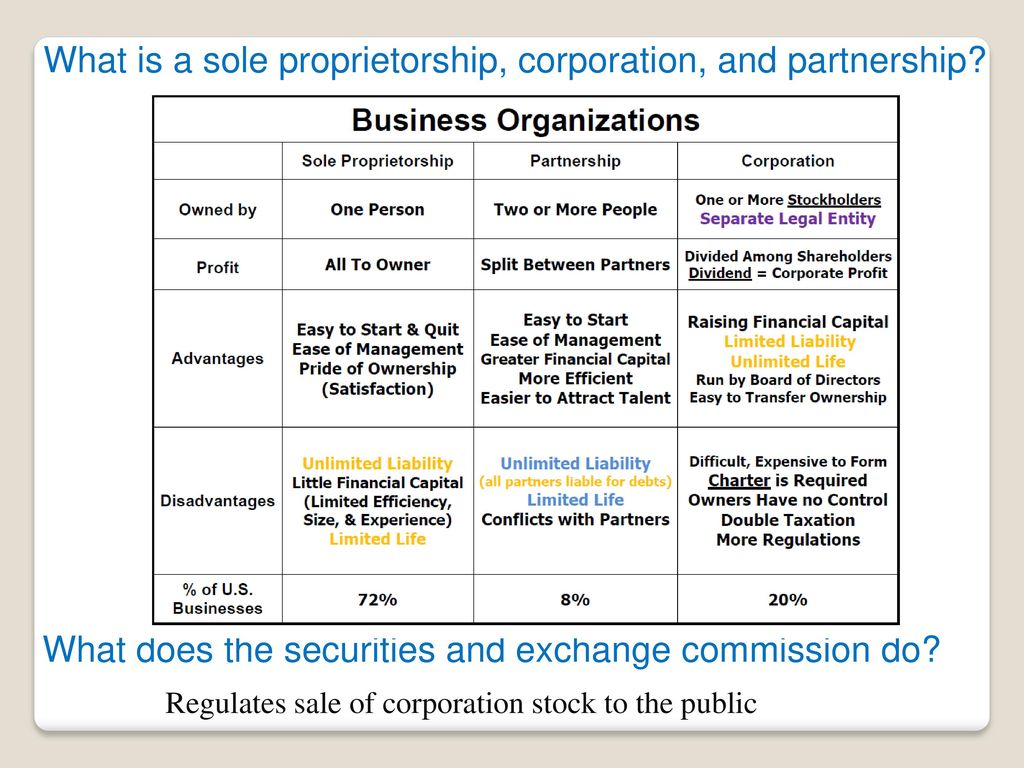 Another consequence of checking compulsions is that they can often damage objects that are constantly being pulled and prodded or over tightened.
Another consequence of checking compulsions is that they can often damage objects that are constantly being pulled and prodded or over tightened.
Contamination
The fear of being dirty and contamination is the obsessional worry, often fear is that contamination might cause harm to ones self or a loved one. The common compulsions might be to wash or clean or avoid. Common contamination obsessive worries and compulsions include:
Public toilets
Fear of and avoidance Using public toilets (fear of contracting germs from other people).
Chemicals
Coming into contact with chemicals (fear of contamination).
Shaking hands
Shaking hands (fear of contracting germs from other people).
Door Handles
Touching door knobs/handles (fear of contracting germs from other people).
Public Telephones
Perhaps less so nowdays Using public telephones (fear of contracting germs from other people).
GP Surgery / Hospital
Waiting in a GP’s surgery/hospitals (fear of contracting germs from other people).
Eating in public locations
Eating in a cafe/restaurant (fear of contracting germs from other people).
Staircase banisters
Touching banisters on staircases (fear of contracting germs from other people).
Sex
For some the enjoyable act of sex or masturbation causes fear of sexual bodily fluids, leading to avoidance of intimacy and sexual acts. Or causing hours of cleaning own body, or the bed sheets and washing everything which may have been touched after sexual interaction, such as door knobs through a fear of contamination from semen. The actual obsessive worry can sometimes be traced back to mental contamination and a fear of disgust around the act rather than from the fluids themselves.
Crowds
Being in a crowd (fear of contracting germs from other people)..
Money
Fear of coming into contact with germs from coins and notes, leading to avoidance of cash. It's not unknown for someone with a fear of germs to drop notes or coins and have to leave them, or if the note had something red which might be blood to dispose of those note.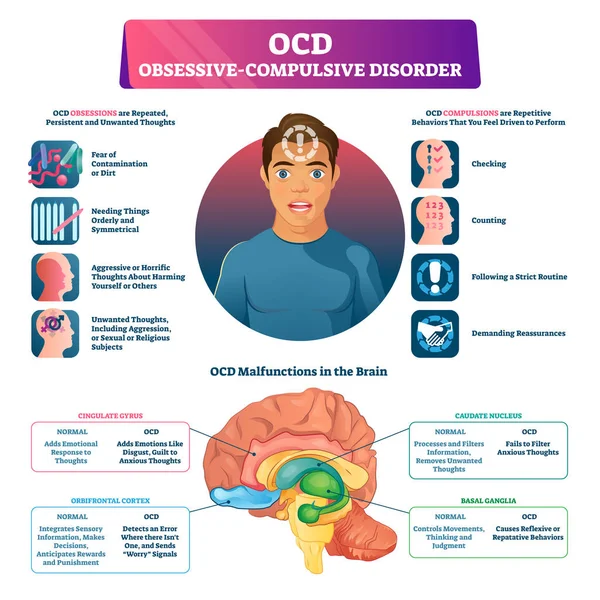
Clothes and Dead Skin
Clothes (having to shake clothes to remove dead skin cells, fear of contamination).
Bathroom
Touching items in the Bathroom at home and out (fear of germs being spread or picked up).
Teeth Brushing
Excessive Tooth Brushing (fear of leaving minute remains of mouth disease).
Outside Air
Some people believe that they will become contaminated just by being outside in the air, so either avoid going out or after returning home will shower. They might keep indoor and outdoor clothes separate and even force family to strip naked at the door before coming inside the house.
Places
Some people fear places so will not only avoid going to those plaves, avoid all contact with such places including accepting mail from those locations, avoid ordering items from companies in that area. More recently we have seen people have a fear of the entire town of Salisbury because of the recent poisenening with nerve agent of the former Russian spy.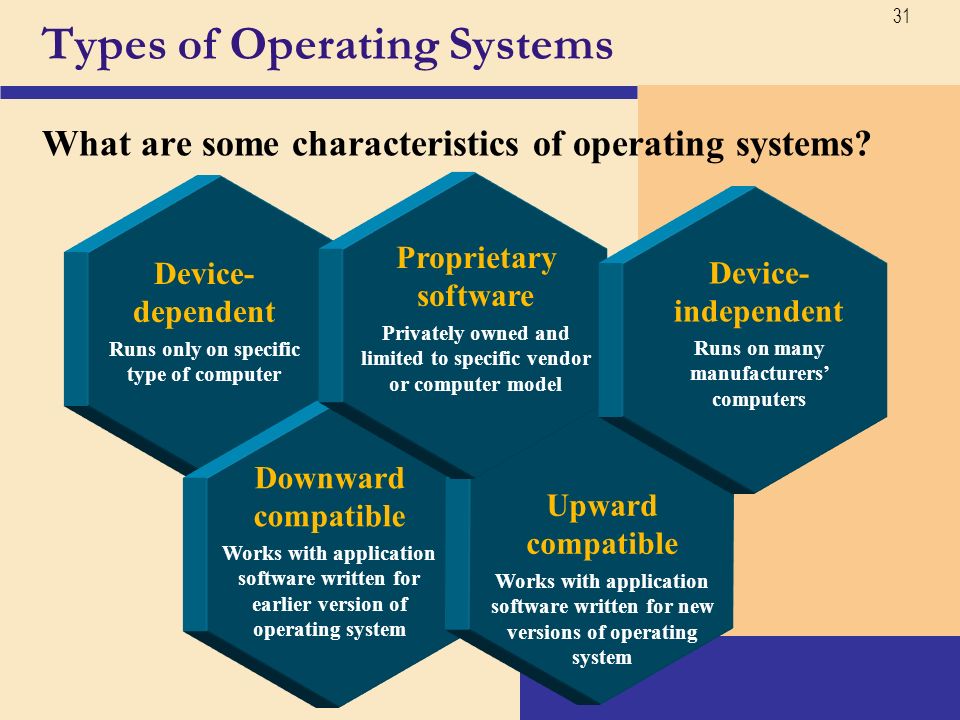
The cleaning or washing is often carried out multiple times often accompanied by rituals of repetitive hand or body washing until the person ‘feels’ it is clean, rather than someone without OCD who will wash or clean once until they ‘see’ they are clean. The time this takes can have a serious impact on a person’s ability to hold down jobs and relationships and there is also a secondary physical health impact of the constant scrubbing and cleaning on the skin, especially the hands where people will scrub until the hands are bleeding. Some people have also gone to the extremes of bathing in bleach. A person may also avoid entire places, people or objects if they experienced contamination fears previously. There is also a cost implication of the constant use and purchase of cleaning products, and also of items, especially electrical items like mobile phones, that are damaged through excessive liquid damage.
Mental Contamination
In addition to the more familiar type of contamination OCD involving someone that washes their hands repeatedly after coming into contact with potentially dirty objects or environments, there is also a less obvious form called 'mental contamination'.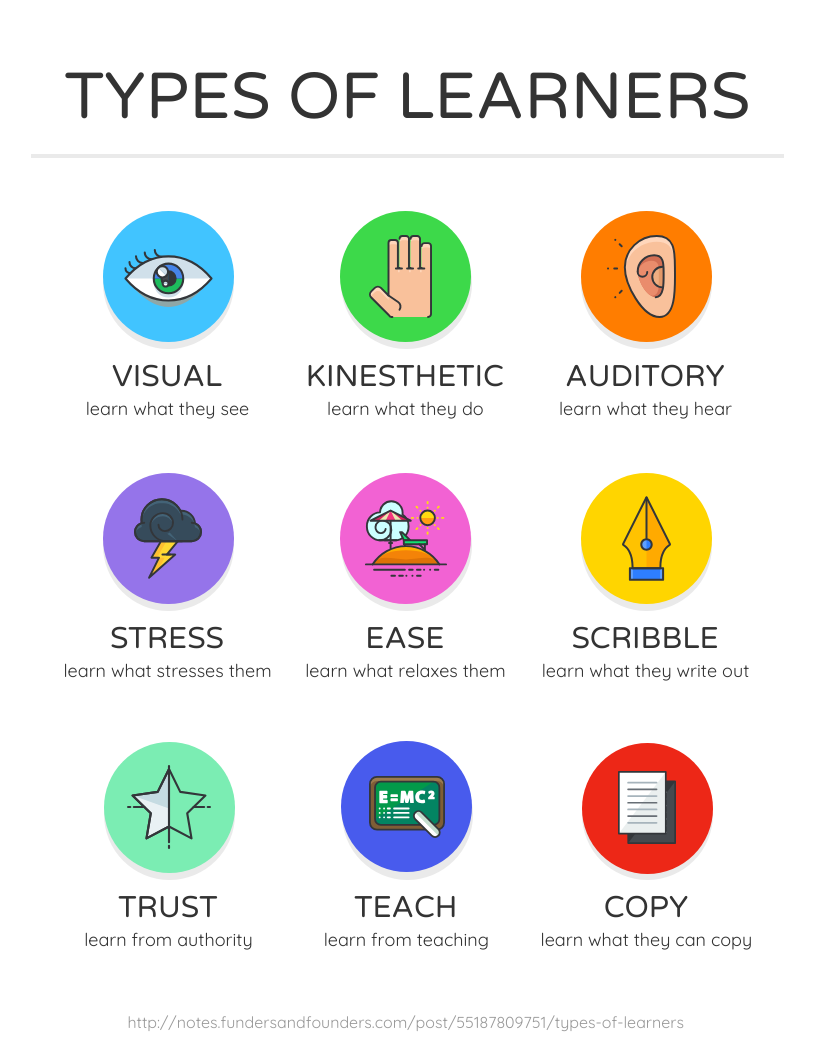 Mental contamination is a more recent area that researchers have only just started to get an understanding of. The feelings of mental contamination share some qualities with contact contamination but have some distinctive features. Feelings of mental contamination can be evoked by times when a person perhaps felt badly treated, physically or mentally, through critical or verbally abusive remarks. It is almost as if they are made to feel like dirt, which creates a feeling of internal uncleanliness — even in the absence of any physical contact with a dangerous/dirty object. A distinctive feature of mental contamination is that the source is almost always human, unlike the contact contamination that is caused by physical contact with inanimate objects. The person will engage in repetitive and compulsive attempts to wash the dirt away by showering and washing which is where the similarities with traditional contamination OCD return, the key difference is the contaminated feeling does not need to come from a physical contact, often it is from feeling alone with mental contamination.
Mental contamination is a more recent area that researchers have only just started to get an understanding of. The feelings of mental contamination share some qualities with contact contamination but have some distinctive features. Feelings of mental contamination can be evoked by times when a person perhaps felt badly treated, physically or mentally, through critical or verbally abusive remarks. It is almost as if they are made to feel like dirt, which creates a feeling of internal uncleanliness — even in the absence of any physical contact with a dangerous/dirty object. A distinctive feature of mental contamination is that the source is almost always human, unlike the contact contamination that is caused by physical contact with inanimate objects. The person will engage in repetitive and compulsive attempts to wash the dirt away by showering and washing which is where the similarities with traditional contamination OCD return, the key difference is the contaminated feeling does not need to come from a physical contact, often it is from feeling alone with mental contamination.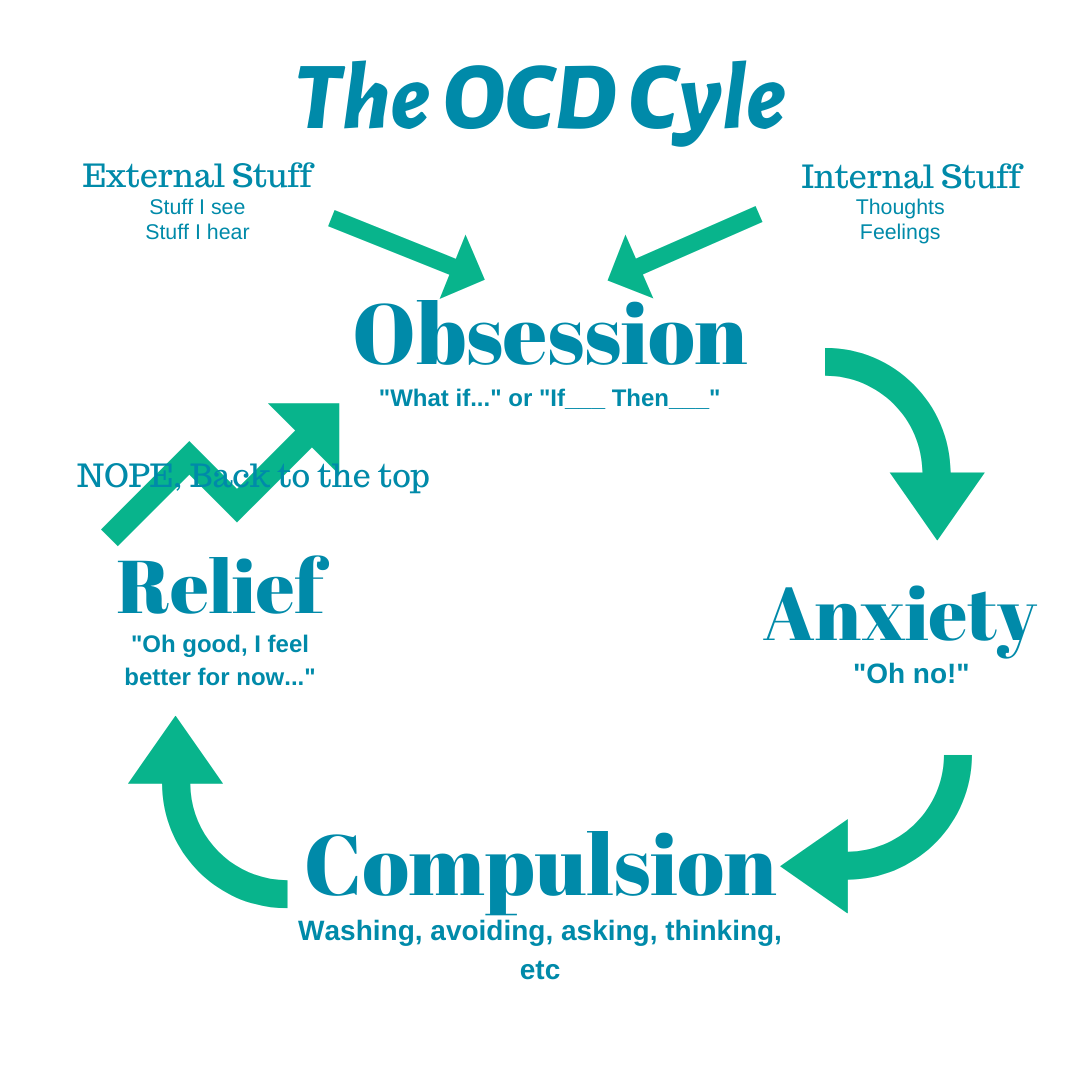
Hoarding
Another obsession long considered to be part of ‘OCD’ is the inability to discard useless or worn out possessions, commonly referred to as ‘hoarding’. Long considered to be a form of Obsessive-Compulsive Disorder, hoarding disorder was probably correctly reclassified in the 2013 publication of DSM-5 as a condition in its own right, however it does become somewhat complicated because some people with Obsessive-Compulsive Disorder will hoard for very specific obsessive worries/fears, and should still be diagnosed as having OCD rather than hoarding disorder. More information about hoarding can be found here.
Ruminations
Rumination is a term often used to describe all obsessional intrusive thoughts, and the definition of rumination perhaps helps encourage that belief "a deep or considered thought about something", but this is slightly misleading from an OCD context. In the context of OCD a rumination is actually a train of prolonged thinking about a question or theme that is undirected and unproductive. Unlike obsessional thoughts, ruminations are not objectionable and are indulged rather than resisted. Many ruminations dwell on religious, philosophical, or metaphysical topics, such as the origins of the universe, life after death, the nature of morality, and so on. One such example might be where a person dwells on the time-consuming question: 'Is everyone basically good?'. They would ruminate on this for a long period of time, going over in their mind various considerations and arguments, and contemplating what superficially appeared to them to be compelling evidence. Another example might be someone that ruminates about what would happen to them after death. They would weigh up the various theoretical possibilities, visualise scenes of heaven, hell, and other worlds and try to remember what philosophers and scientists have said about death. With most ruminations it inevitably never leads to a solution or satisfactory conclusion and the person appears to be deeply pre-occupied, very thoughtful, and detached.
Unlike obsessional thoughts, ruminations are not objectionable and are indulged rather than resisted. Many ruminations dwell on religious, philosophical, or metaphysical topics, such as the origins of the universe, life after death, the nature of morality, and so on. One such example might be where a person dwells on the time-consuming question: 'Is everyone basically good?'. They would ruminate on this for a long period of time, going over in their mind various considerations and arguments, and contemplating what superficially appeared to them to be compelling evidence. Another example might be someone that ruminates about what would happen to them after death. They would weigh up the various theoretical possibilities, visualise scenes of heaven, hell, and other worlds and try to remember what philosophers and scientists have said about death. With most ruminations it inevitably never leads to a solution or satisfactory conclusion and the person appears to be deeply pre-occupied, very thoughtful, and detached.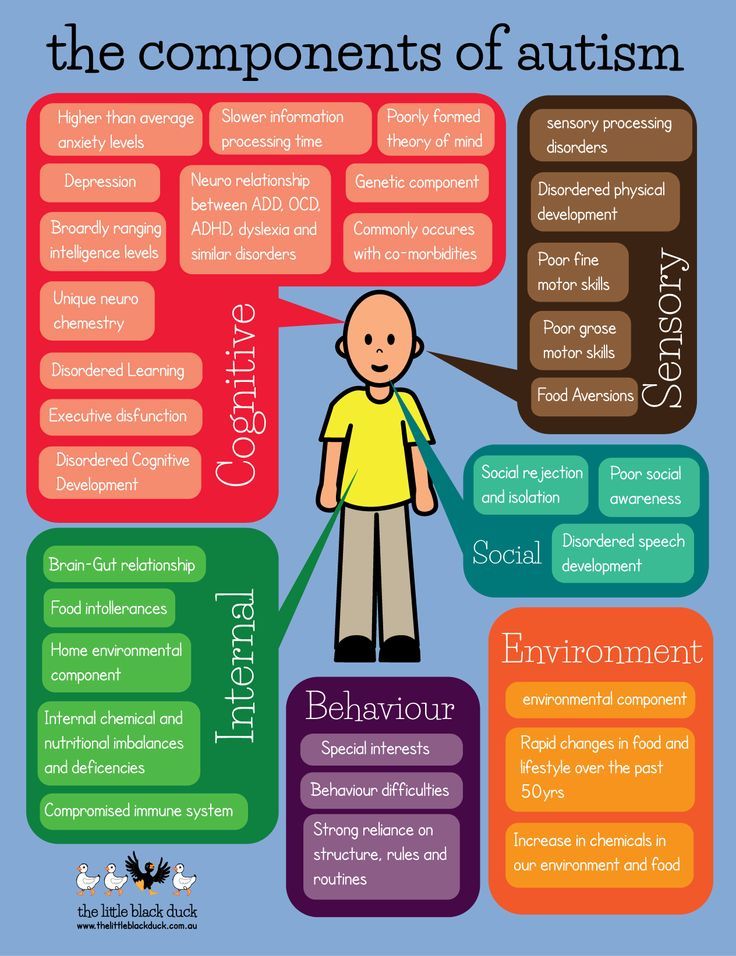
Intrusive Thoughts
In the context of OCD, are where a person generally suffers with obsessional thoughts that are repetitive, disturbing and often horrific and repugnant in nature, for example, thoughts of causing violent or sexual harm to loved ones which don't involve specific immediate compulsions these are called Intrusive Thoughts, and sometimes mistakenly referred to as 'Pure O'. However, the term is a little misleading like rumination above because everybody alive will have intrusive thoughts, of course it could be argued that everybody with OCD will have 'intrusive thoughts' i.e. their 'obsessions'. But in reality even people without OCD will and do have intrusive thoughts, which can be both negative or positive, the thought of winning the lottery is technically an intrusive thought, just a pleasant one. But from an OCD perspective it is generally assumed that the thoughts are both unpleasant and repetitive (constant) and it is generally accepted that when talking about OCD 'Intrusive Thoughts' it of the types listed below that can cover absolutely any subject, but the more common areas of OCD related concerns covers the following sub- categories:
Relationship Intrusive Thoughts
Relationship Intrusive Thoughts - Obsessive doubts over the suitability of a relationship, one’s partner or one's own sexuality are the main focus for the obsessional thoughts. Obsessional thoughts include:
Obsessional thoughts include:
- Constantly analysing the depth of feelings for one's partner, placing the partner and the relationship under a microscope and finding fault.
- Constantly needing to seek reassurance and approval from one's partner.
- Doubts that one's partner is being faithful.
- Doubts that one may cheat on their partner.
- Questioning one’s own sexuality, and having feelings, thoughts and impulses about being attracted to members of the same/opposite sex.
The constant analysing and questioning of the relationship and partner often places immense strain on the relationship, often causing a person with OCD to end the relationship to rid themselves of the doubt and anxiety. Unfortunately, this cycle is often repeated with any subsequent relationship.
Sexual Intrusive Thoughts
Sexual Intrusive Thoughts - Obsessive thoughts of unintentionally causing inappropriate sexual harm (i.e. to children), or the constant questioning of one’s own sexuality are the main focuses for these obsessional doubts.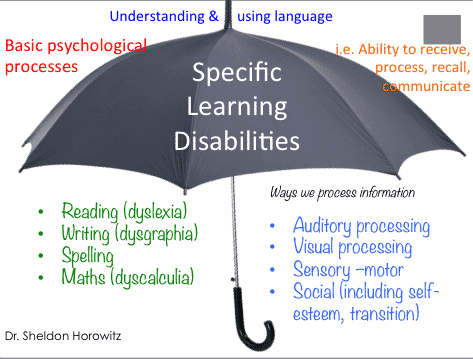 Obsessional thoughts can include:
Obsessional thoughts can include:
- Fearing being a paedophile and being sexually attracted to children.
- Fearing being sexually attracted to members of one's own family.
- Fearing being attracted to members of the same sex (homosexual OCD) or for those who are gay fear of being attracted to members of the opposite sex.
- Thoughts about touching a child inappropriately.
- Intrusive sexual thoughts about God, saints or, religious figures.
The constant analysing and questioning of one’s own sexual preferences, or the thought of being attracted to a child, are perhaps two of the most mentally disturbing aspects of OCD and, because of the nature of the thoughts, many sufferers are reluctant to seek help from health professionals, fearing they may be labelled. A person that experiences these types of intrusive thoughts will avoid public places, like shopping centres, in an attempt to avoid coming into close contact with children. They may also avoid spending time with younger members of the family. A parent with this type of OCD may avoid bathing and hugging their own children which can lead to emotional distress for both children and parent.
A parent with this type of OCD may avoid bathing and hugging their own children which can lead to emotional distress for both children and parent.
Magical Thinking Intrusive Thoughts
Magical Thinking Intrusive Thoughts - is the fear is that even thinking about something bad will make it more likely to happen - sometimes also called ‘thought-action fusion’. Sufferers are beset by intrusive bad thoughts. They try to dispel them by performing rituals - magic rituals, in effect - that are often bizarre and time-consuming and involve linking actions or events that could not possibly be related to each other. For example having the thought 'I may strangle someone' is regarded as being as reprehensible as actually strangling a person. Another example is believing that simply imagining a horrific car crash will increase the likelihood of such a crash taking place, or a person may feel that if they don’t count to ten ‘just right’ harm will come to a family member. Other examples of magical thinking, or thought-action fusion intrusive thoughts include:
- A certain colour or number has good or bad luck associated with it.
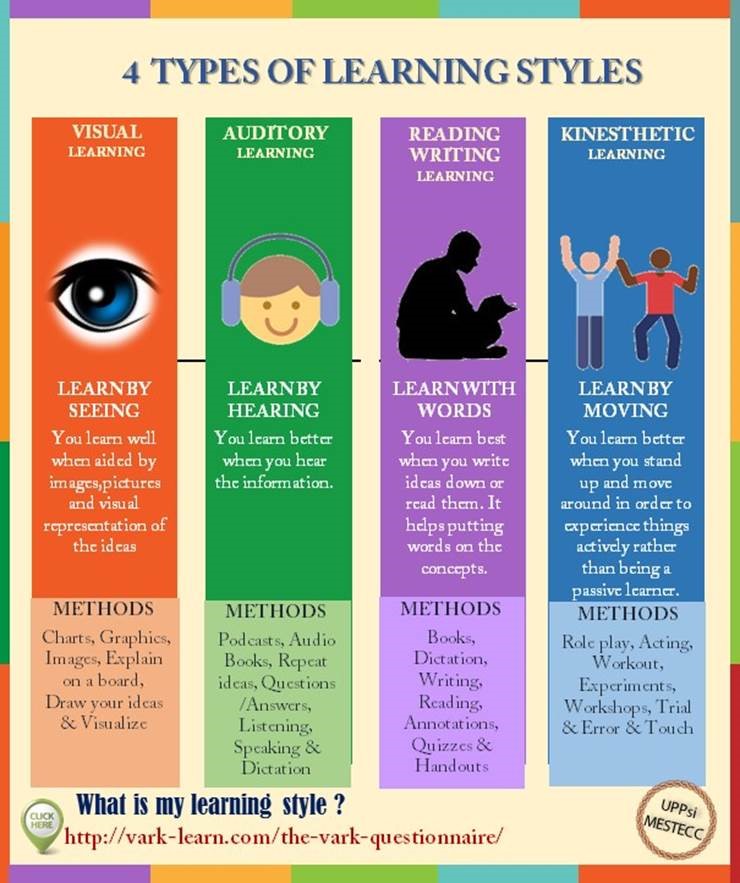
- Certain days have good or bad luck associated with them.
- A loved one’s death can be predicted.
- One’s thoughts can cause disasters to occur.
- Stepping on cracks in the pavement can make bad things happen.
- Whatever comes to mind can come true.
- Breaking chain letters will actually bring bad luck.
- Attending a funeral will bring death.
- One can inadvertently cause harm to others with thoughts or carelessness.
- Hearing the word ‘death’ will mean repeating the word ‘life’ to prevent death.
In each example listed above, the thoughts and events happening could not possibly ever be linked, but the person with OCD will believe that this possibility does exist, and as a result, this will cause them immense stress and anxiety. As a result, their silent internal compulsive behaviours will take hours, and often prevent them interacting with anyone else during this time.
Religious Intrusive Thoughts
Religious Intrusive Thoughts - OCD often fixates on areas of great importance and sensitivity and religion and matters of religious practice are prime candidates for OCD obsessions.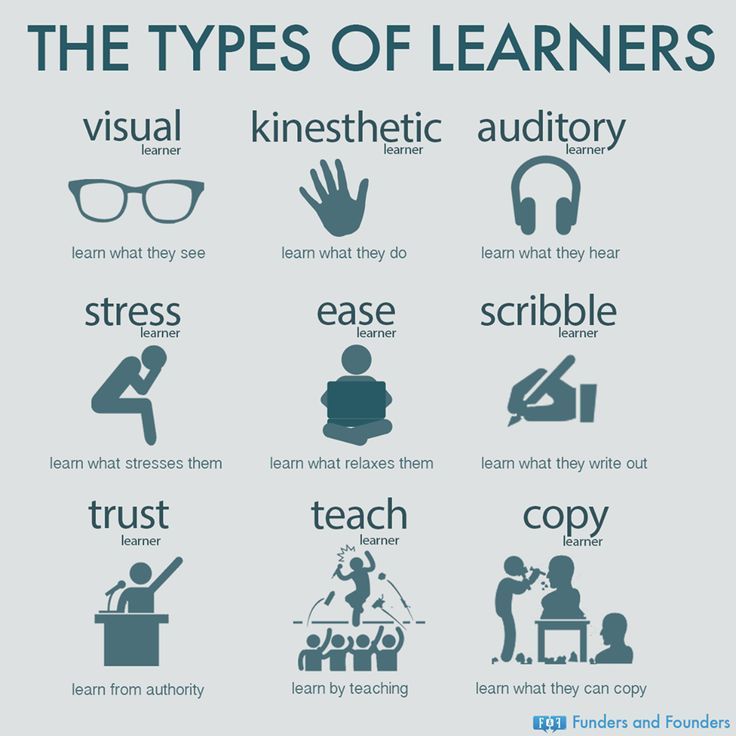 Sometimes referred to as scrupulosity, religious intrusive thoughts include:
Sometimes referred to as scrupulosity, religious intrusive thoughts include:
- Sins committed will never be forgiven by God and one will go to hell.
- One will have bad thoughts in a religious building.
- One will scream blasphemous words loudly in a religious location.
- Prayers have been omitted or recited incorrectly.
- Certain prayers must be said over and over again.
- Religious objects need to be touched or kissed repeatedly.
- One is always doing something sinful.
- Repetitive blasphemous thoughts.
- That the person has lost touch with God or their beliefs in some way.
- Intrusive sexual thoughts about God, saints or, religious figures.
- That the person has broken religious laws concerning speech, or dress or modesty.
- Intrusive bad thoughts that occur during prayer will contaminate and ruin or cancel out the value of these activities.
- The constant analysing and questioning of a person’s faith places immense strain on their beliefs and prevents the person deriving peace from their religion.
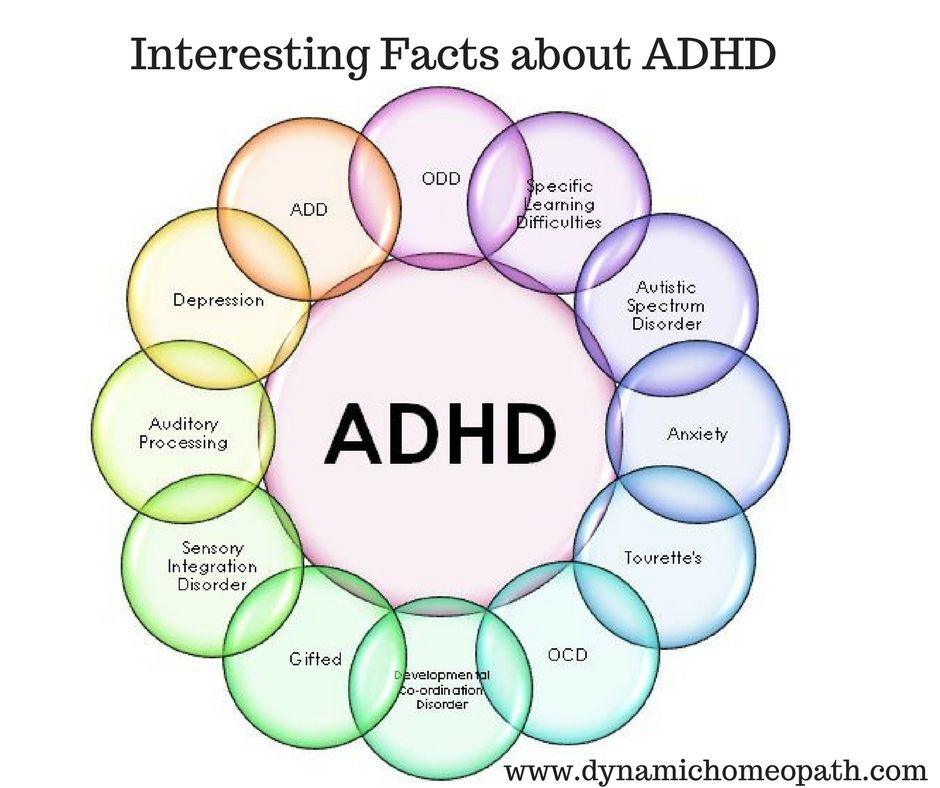 As a result they will often avoid church and all religious practice out of fear of their thoughts.
As a result they will often avoid church and all religious practice out of fear of their thoughts.
Violent Intrusive Thoughts
Violent Intrusive Thoughts – obsessive fears of carrying out violent acts against loved ones or other people. Intrusive thoughts include:
- Violently harming children or loved ones.
- Killing innocent people.
- Using kitchen knives and other sharp objects (compulsion will include locking away knives and sharp objects).
- Jumping in front of a train or fast moving bus.
- Poisoning the food of loved ones (compulsion will include avoiding cooking for family).
- Acting on unwanted impulses, e.g. running someone over, stabbing someone.
- Thoughts about accidentally touching someone inappropriately, with the aim of hurting them.
Most sufferers with these types of fears often end up labelling themselves as a bad person, simply for having the thoughts. They falsely believe that having the thoughts means they are capable of acting upon them.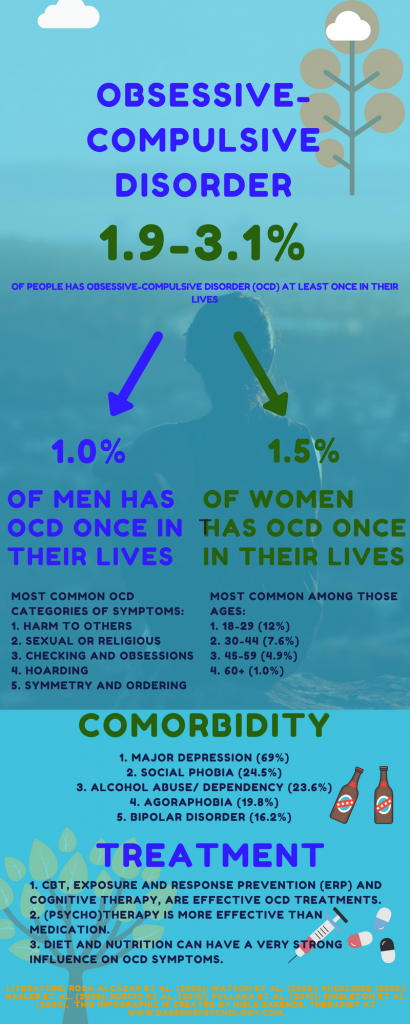 The constant analysing and questioning of these disturbing aspects of OCD becomes incredibly upsetting and because of the nature of the thoughts many sufferers are reluctant to open up to health professionals to seek help, fearing they may be labelled. A person with these types of intrusive thoughts will avoid public places like shopping centres and other places, where social interaction may be required, to avoid coming into close contact with people that may trigger the obsessive thoughts.
The constant analysing and questioning of these disturbing aspects of OCD becomes incredibly upsetting and because of the nature of the thoughts many sufferers are reluctant to open up to health professionals to seek help, fearing they may be labelled. A person with these types of intrusive thoughts will avoid public places like shopping centres and other places, where social interaction may be required, to avoid coming into close contact with people that may trigger the obsessive thoughts.
Body focussed obsessions (Sensorimotor OCD)
An hyperawareness of particular bodily sensations, also sometimes called sensorimotor obsessions. Symptoms might include:
- breathing, obsession over whether breathing is shallow or deep, or the focus is on some other sensation of breathing.
- blinking, an obsessive fixation on blinking.
- Eye floaters/visual distractions, an obsessive fixation on eye floaters.
- swallowing/salivation, focussing on how frequently one swallows, the amount of salivation produced, or the sensation of swallowing itself.
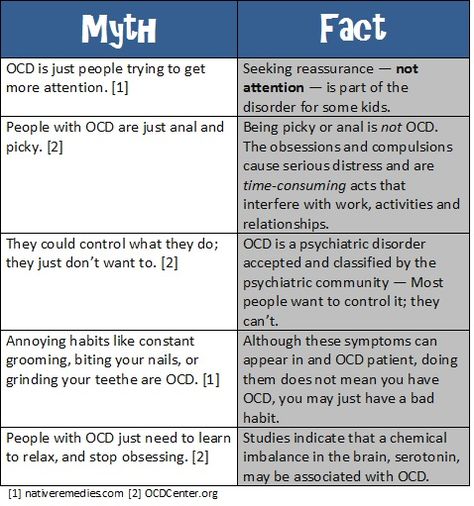
- awareness of specific body parts, for example perception of the side of one’s nose while trying to read.
This form of OCD should not be confused with BDD where the obsession is more about perceived defects with body parts.
The intrusive thoughts are repetitive and not voluntarily produced, they cause the sufferer extreme distress - the very idea that they are capable of having such thoughts in the first place can be horrifying. However, what we do know is that people with Obsessive-Compulsive Disorder are the least likely people to actually act on the thoughts, partly because they find them so repugnant and go to great lengths to avoid them and prevent them happening. To sufferers and non-sufferers alike, the thoughts and fears related to OCD can often seem profoundly shocking . It must be stressed, however, that they are just thoughts, and they are not voluntarily produced. Neither are they fantasies or impulses which will be acted upon. We have chosen not to list anything about Pure O on this page because it's an unhelpful and not an officially recognised medical term.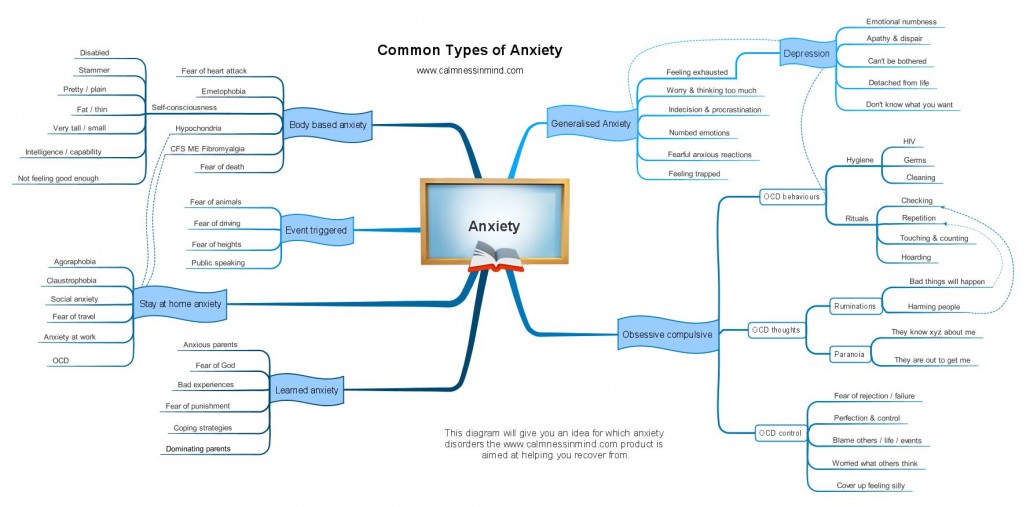 But more information about 'Pure O' can be found here. But all of the above will include both mental and physical compulsions, which is why the term 'Pure O' remains unhelpful.
But more information about 'Pure O' can be found here. But all of the above will include both mental and physical compulsions, which is why the term 'Pure O' remains unhelpful.
Symmetry and Orderliness
The need to have everything lined up symmetrically just ‘right’ is the compulsion, the obsessive fear might be to ensure everything feels ‘just right’ to prevent discomfort or sometimes to prevent harm occurring (see Magical Thinking). Examples include:
Neatness
Having everything neat and in its place at all times.
Pictures
Having pictures hanging aligned and straight.
Tinned Cans
Having canned food items all facing the same way, usually forward.
Clothes
Having clothes on the rail all hanging perfectly and facing the same way..
Books and CD's
Having books and CDs lined up perfectly in a row on a bookshelf.
Spotless without blemish
Having everything spotless, with no marks or smudges on windows and surfaces.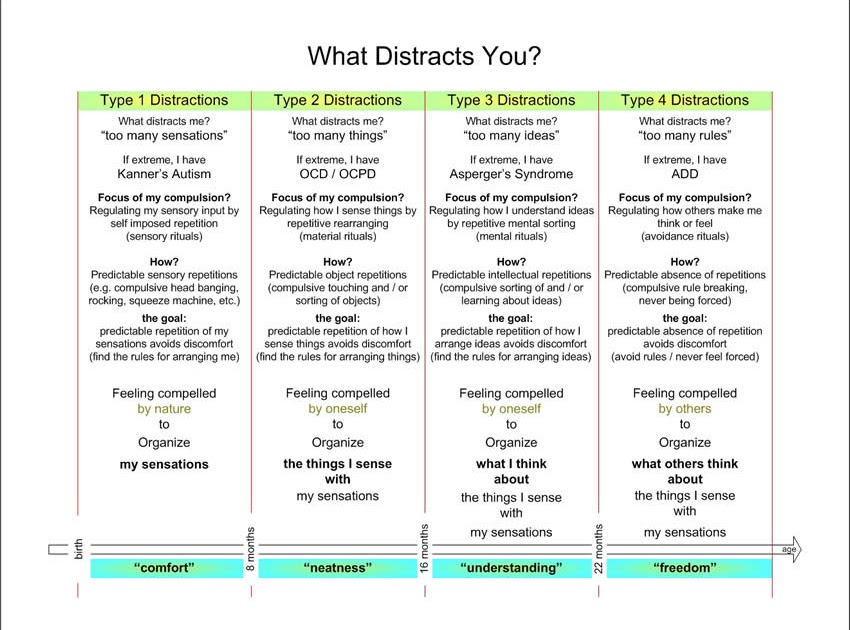 Less about cleaning and contamination, more about just right and neatness
Less about cleaning and contamination, more about just right and neatness
Those affected will spend a lot of time trying to get the symmetry ‘just right’ and this time consuming checking can result in them being extremely late for work and appointments. They may also become mentally and physically drained if the compulsions take a considerable amount of time. The sufferer may also avoid social contact at home to prevent the symmetry and order being disrupted which can have a negative impact on social interaction and relationships.
The above list categorises the more common forms of Obsessive-Compulsive Disorder and some of the fears associated with them. But this is by no means an exhaustive list and there will always be other OCD types not listed here. So if you’re experiencing distressing and unwanted obsessions or compulsions not listed here, this does not mean it is definitely not OCD, if these impact significantly on your everyday functioning this could still represent a principal component in the clinical diagnosis of Obsessive-Compulsive Disorder and you should consult a doctor for a formal diagnosis.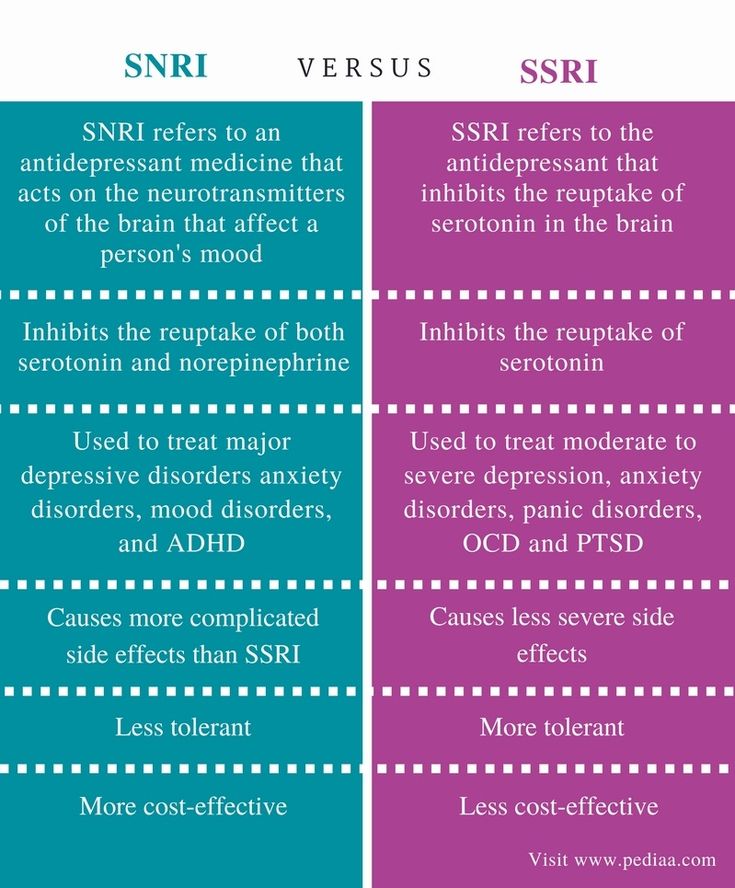 Regardless of the type of OCD a person may be suffering with, the following three components are generally present, triggers, avoidance and reassurance, but what do they all mean?
Regardless of the type of OCD a person may be suffering with, the following three components are generally present, triggers, avoidance and reassurance, but what do they all mean?
Trigger
A trigger is the original source of the obsessional worry, that could be a place, person or object that sets off the obsession, a feeling of discomfort, or indeed a compulsive urge. A trigger may be a physical object or an internal mental thought. For example, a person had the obsessional thought about stabbing someone every time they saw a knife or any other sharp object, so seeing the knife was the trigger that provoked the obsessions and compulsions. In order to avoid hours of anguish this person would avoid knifes at all costs. An example of an internal mental trigger is where a person experienced distressing obsessions about death every time they thought about their deceased father. The memory of their father was the internal trigger for the obsessional thoughts. What generally happens is a person with OCD will find their obsessions and compulsions so frightening, scary and mentally and physically draining, that they will go to great lengths to avoid triggers that instigate hours of obsessions and compulsions.
Avoidance
Avoidance is a common compulsive behaviour, and is where a person with OCD avoids the objects, places or person/people that they feel trigger their OCD. This will be their way of preventing the distress and anguish, and the hours of rituals they will be compelled to perform.
- Examples include those with checking compulsions that may avoid tasks or situations that will increase their sense of responsibility and/or feel unsafe.
- A person who had the obsessional thought that they might stab their children avoiding contact with knives, scissors, and other sharp objects.
- A person, who feared that they might catch AIDS/HIV, avoiding certain areas of London which was, in their mind, associated with AIDS/HIV.
- In some cases, certain ‘unsafe’ numbers, letters, or colours are avoided because a person feels that such avoidance is necessary to prevent something bad from happening.
Reassurance
The person affected by OCD will often seek reassurance that what they fear isn’t a reality.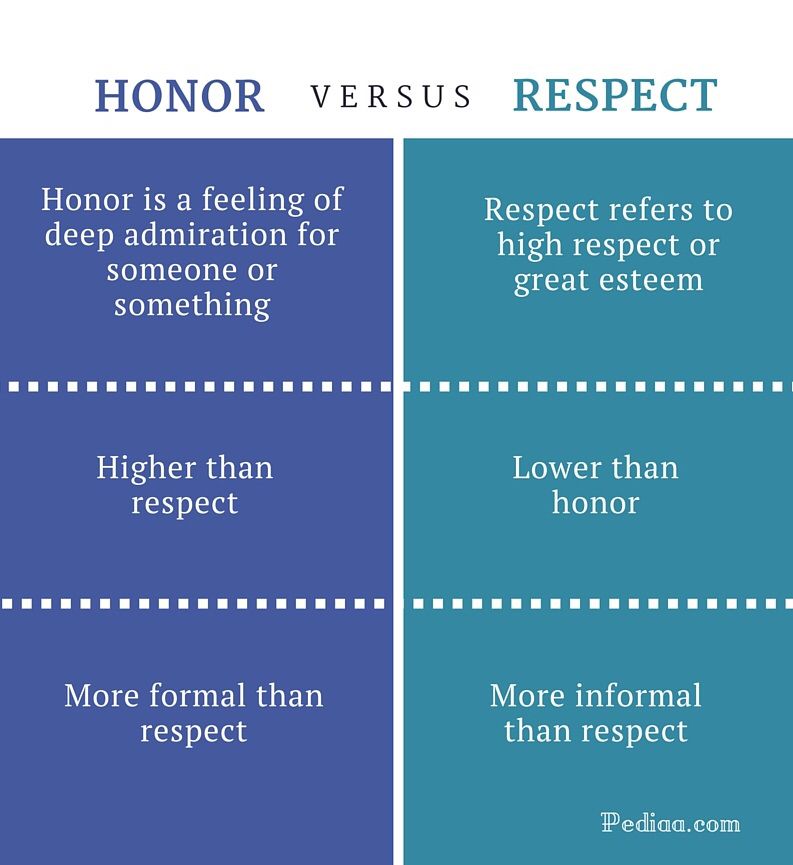 The reassurance will usually be from a loved one or via sources such as Google or local news outlets, particularly if the worry is about causing an accident or committing a crime. Frequently the obsessional worry is that something bad may have happened to a loved one, so they will repeatedly check that their loved one is ok. Another obsessional fear leading to reassurance seeking compulsions is worries that their partner may no longer have feelings for them or love them or they may have upset their loved one.
The reassurance will usually be from a loved one or via sources such as Google or local news outlets, particularly if the worry is about causing an accident or committing a crime. Frequently the obsessional worry is that something bad may have happened to a loved one, so they will repeatedly check that their loved one is ok. Another obsessional fear leading to reassurance seeking compulsions is worries that their partner may no longer have feelings for them or love them or they may have upset their loved one.
There are several terms and acronyms used within the OCD community and amongst health professionals which often lead to confusion.
Ritual
One such term which sometimes causes confusion is the word ‘ritual’, which some people, even health professionals, confuse and refer to as a ‘compulsion’. Whilst it is true that a ritual is a compulsive behaviour (physical or mental), it is not just one specific compulsive behaviour, it is more a set pattern of behaviours with a clear defined starting point and end point .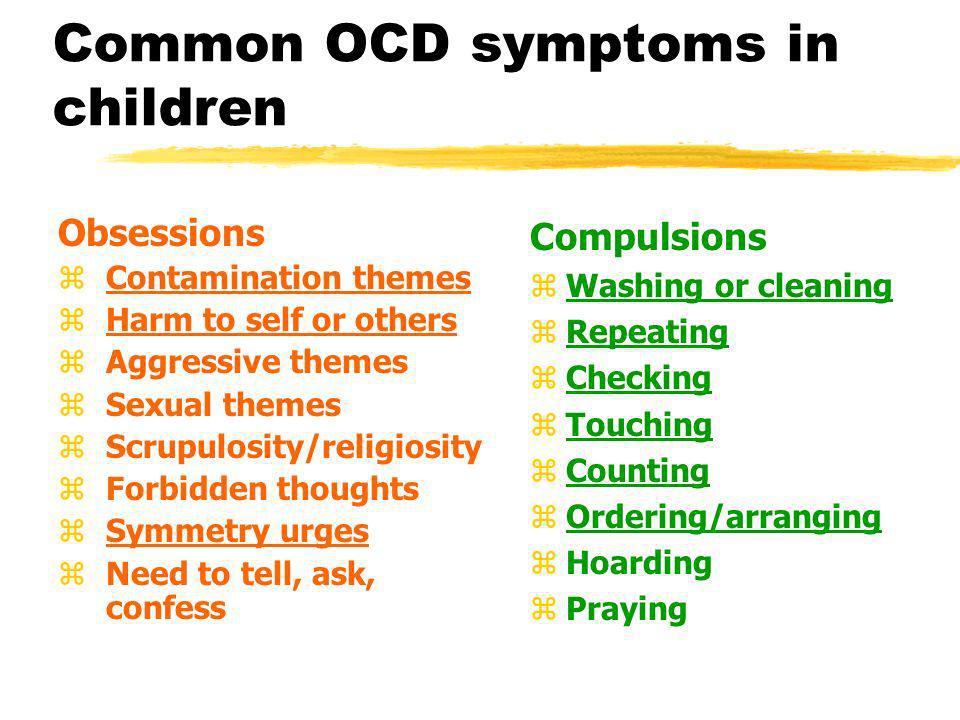 For example, ‘rub left side of face first, and then right side of face, then forehead’. In many cases if the sufferer is interrupted during their ritual process then their OCD will dictate they must start the ritual again from the very beginning.
For example, ‘rub left side of face first, and then right side of face, then forehead’. In many cases if the sufferer is interrupted during their ritual process then their OCD will dictate they must start the ritual again from the very beginning.
Spike
The term ‘spike’ is also confusingly used, mainly by the OCD community on OCD message boards on the internet. There seems to be two main uses of the term. The first is when it is used to describe the initial obsessional 'trigger', which then causes the anxiety and distress. So for example, someone afraid of hitting a cyclist when driving will use the term ‘spike’ to refer to the cyclist they see ahead of them which triggers their obsessions and compulsions. Another use for the term ‘spike’ in an OCD context is when it is used to describe the increase in anxiety caused by the obsessional thoughts. So in the example above, the person afraid of hurting a cyclist when driving will find seeing a cyclist causes their obsessive thoughts to increase, 'spike' their anxiety. At present there is no official definitive explanation as to what the term ‘spike’ actually means, but the general consensus is that the term ‘spike’ is used to describe the combination of the OCD trigger, obsession, and distress caused by the anxiety. For this reason, and to avoid any confusion, we generally try and avoid using the term ‘spike’ in our writings where possible to ensure there is no loss of meaning or context.
At present there is no official definitive explanation as to what the term ‘spike’ actually means, but the general consensus is that the term ‘spike’ is used to describe the combination of the OCD trigger, obsession, and distress caused by the anxiety. For this reason, and to avoid any confusion, we generally try and avoid using the term ‘spike’ in our writings where possible to ensure there is no loss of meaning or context.
Some people use acronyms to refer to different types of OCD. It is worth noting that these acronyms have no official medical meaning and are used mainly by the OCD community on OCD message boards on the internet. One of the problems with these acronyms is they have often been confused to mean different things to different people. For informational purposes the three main commonly used acronyms are:
HOCD
HOCD – Homosexual OCD. This in itself is an unhelpful term, because whilst it’s meant to refer to a straight person who fears being gay, we know that the exact same type of OCD can impact on gay people with obsessional fears about being straight.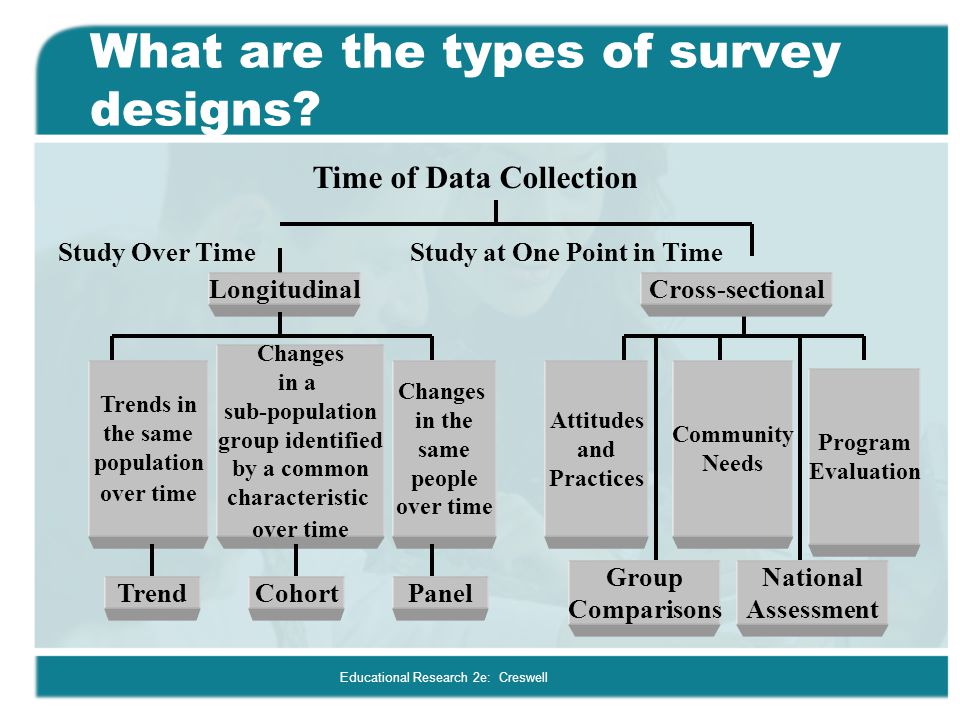 So really a much better acronym (if they have to be used) should be SOOCD - sexual orientation OCD.
So really a much better acronym (if they have to be used) should be SOOCD - sexual orientation OCD.
POCD
POCD – Paedophile OCD. POCD is also used frequently to describe prenatal and postpartum OCD and 'Pure O', but it is widely accepted to mean Paedophile OCD. We know that those with this type of OCD often deliberately use the POCD acronym to avoid saying and using the word paedophile. Since part of recovery is accepting and getting used to the thoughts, accepting and using this word could be the first step towards that.
ROCD
ROCD – Relationship OCD. ROCD is also used frequently to describe Religious OCD and Rumination OCD, but it is widely accepted to mean Relationship OCD.
Because these terms have no medical meaning and to avoid any confusion, we generally try and avoid using the acronyms in our writings where possible to ensure there is no loss of meaning or context. In fact, we actively discourage their use because we have seen on multiple occasions the use of the acronyms leading to some users experiencing a delay in accessing treatment.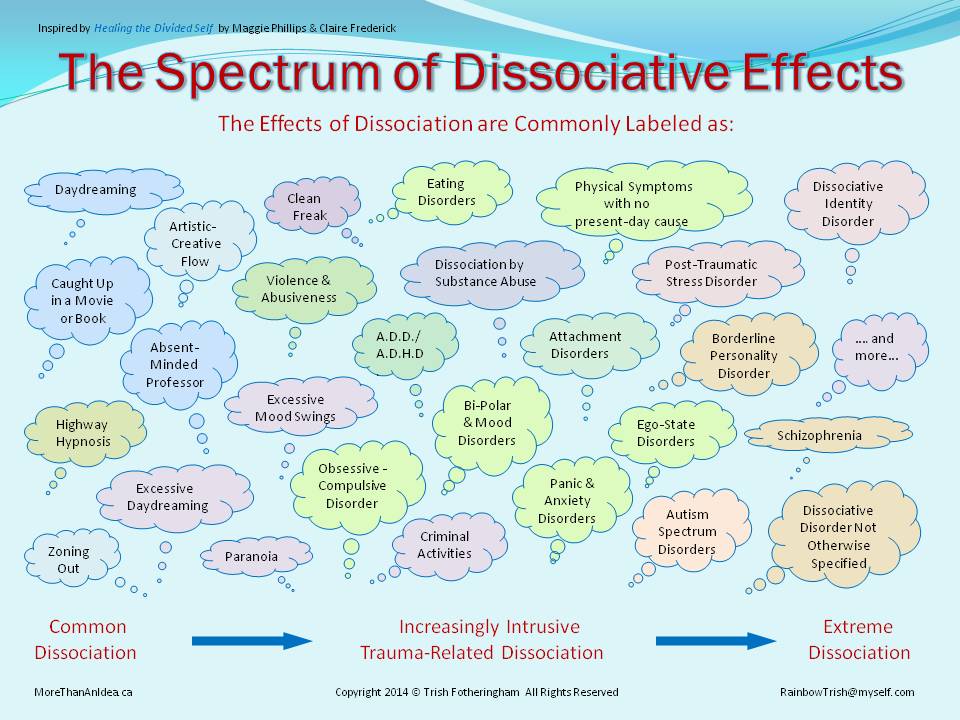 This happens where a person will seek specialists in (H/P/R)OCD but are unable to find any, since they’re not medically recognised terms. In fact, we don’t recommend therapists that specialise in any one type of OCD, because all forms of OCD have the same treatment approach, addressing the O part and the C part. It may also hinder progress in understanding and tackling OCD because we know that OCD frequently changes guise chameleon-like (remember what we said about it focusing on objects/people that were important to us), as that changes in life, often so does OCD. So it’s important we treat OCD and not the (H/P/R). The good news is they're all equally as treatable through Cognitive Behavioural Therapy (CBT) by any therapist that knows and understands OCD.
This happens where a person will seek specialists in (H/P/R)OCD but are unable to find any, since they’re not medically recognised terms. In fact, we don’t recommend therapists that specialise in any one type of OCD, because all forms of OCD have the same treatment approach, addressing the O part and the C part. It may also hinder progress in understanding and tackling OCD because we know that OCD frequently changes guise chameleon-like (remember what we said about it focusing on objects/people that were important to us), as that changes in life, often so does OCD. So it’s important we treat OCD and not the (H/P/R). The good news is they're all equally as treatable through Cognitive Behavioural Therapy (CBT) by any therapist that knows and understands OCD.
What to read next:
What is a disorder?
What causes OCD?
Page information
[lastreviewed]
[nextreviewed]
Disclaimer: This article is for information only and should not be used for the diagnosis or treatment of Obsessive-Compulsive Disorder or any other medical condition. OCD-UK have taken all reasonable care in compiling this information, but always recommend consulting a doctor or other suitably qualified health professional for diagnosis and treatment of Obsessive-Compulsive Disorder or any other medical condition.
OCD-UK have taken all reasonable care in compiling this information, but always recommend consulting a doctor or other suitably qualified health professional for diagnosis and treatment of Obsessive-Compulsive Disorder or any other medical condition.
List of credit bureaus where your credit history is stored - how to get and use
Borrowers' credit histories are located in specially created bureaus. They are responsible for the safety, protection, reliability of information. The law does not limit the number of CBIs, banks themselves choose an organization for storing data. Therefore, before ordering a CI, the user must find out in which Bureau (one or more) it is located.
How many credit institutions in Russia in 2019?
Credit bureau functions
BKI list
How can I get my BKI list?
In what form is credit history provided?
What to do next with CI?
How often is CI updated?
How many credit institutions in Russia in 2019?
Today, 12 BCIs are officially operating in the Russian Federation.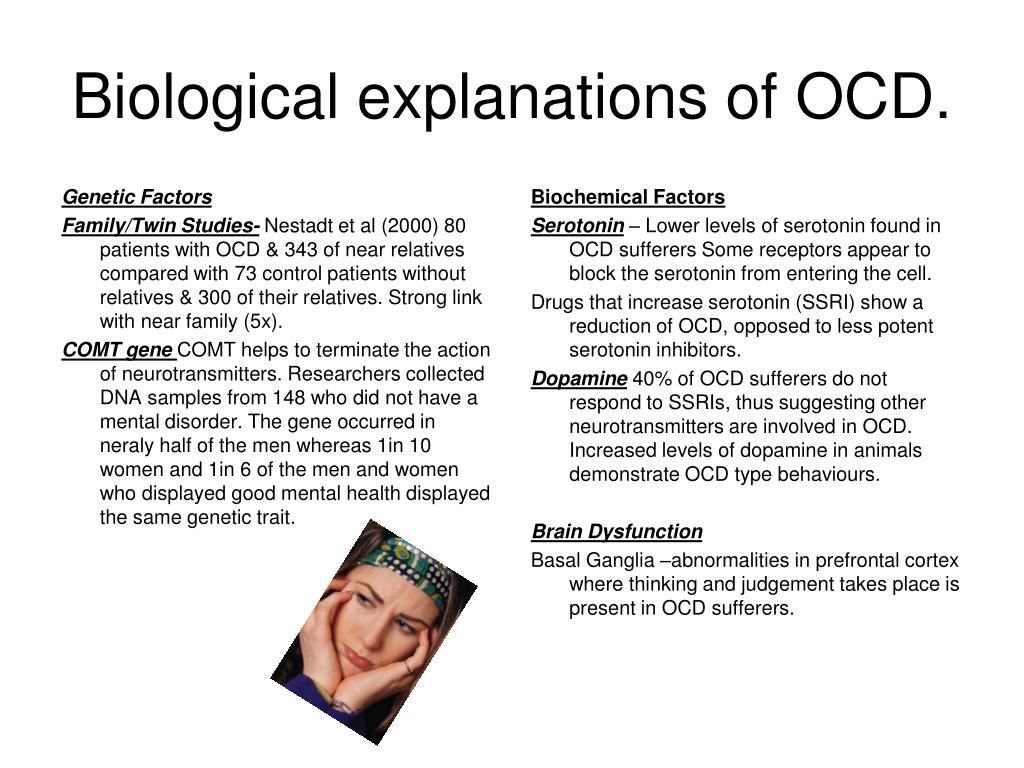 The information is presented according to the state register of the BKI posted on the website of the Central Bank of the Russian Federation, as of 04.10.2019.
The information is presented according to the state register of the BKI posted on the website of the Central Bank of the Russian Federation, as of 04.10.2019.
Functions of credit history bureaus
The main functions of the CBI are:
- Storage of user CI;
- Protection of data contained in CI;
- Formation of reports in the CCCH, at the request of users and subjects of clinical trials;
- Editing CI in accordance with the received changes.
To carry out activities, the BCI must have a license.
Since the organization is a commercial structure, some services are provided on a paid basis. nine0003
List of BKI
The main bureau, where more than 90% of all CI are stored, are the following companies:
| Name | Registration number | 9000) Phone number 9005 NBKI JSC | 077-00003-002 | 121069, Moscow, Skatertny pereulok, 20, building 1 | 900 20003 |
| ZAO OKB | 1st Tverskaya-Yamskaya, 2, pp. | (495) 665-51-73 | |||
| LLC Equifax Credit Credin " | 078-00012-002 | 129090, Moscow, st. Kalanchevskaya, 16, bld.0002 Credit Bureau Russian Standard LLC | 077-00010-002 | 105318, Moscow, Semenovskaya square, 7, bldg. 1 | (495) 609-64-24 |
The full list is available on the website of the Central Bank of the Russian Federation at the link.
How can I get my BKI list?
To get a list of the BKI where the CI of a particular borrower is located, you will need the following:
- Register on the State Services website. nine0031
- Verify account. This can be done by visiting the Service Center in person, by mail of Russia, by electronic signature. Customers of Sberbank, Tinkoff Bank, Post Bank will be able to confirm the UZ in their Internet bank.
- On the State Services portal, enter your personal account and electronically submit an application for the service.
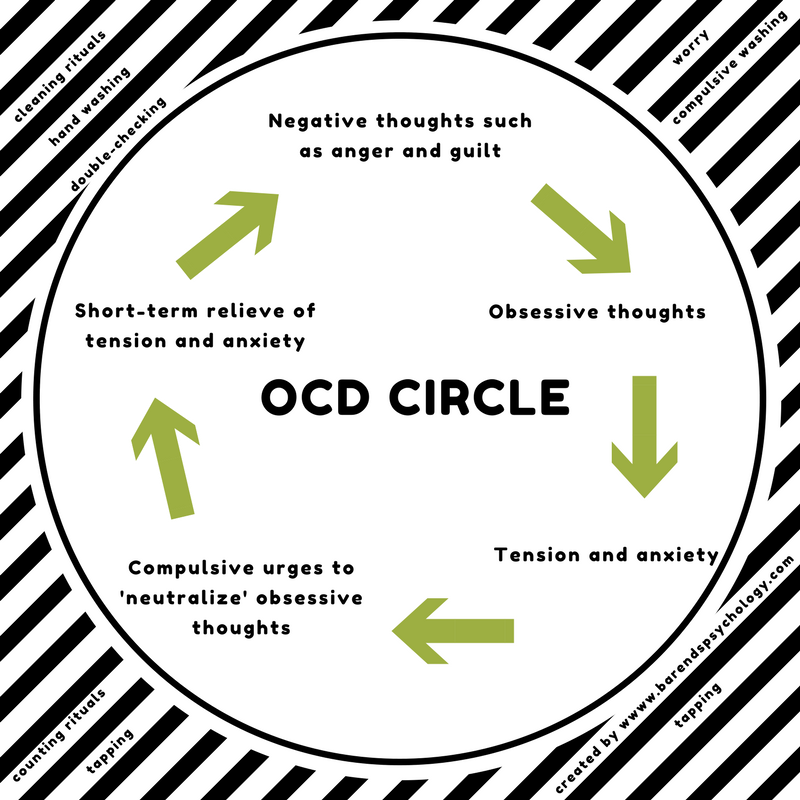 Passport data and SNILS number will be required.
Passport data and SNILS number will be required. - The list of BKI will be sent to the client's personal account.
The user can personally visit the Bureau with an identity document and SNILS and apply directly to the organization. If the borrower has a CI subject code, he can apply for information at the CCCH (website www.cbr.ru). nine0003
If the borrower makes a request in electronic form, the list of BKI is provided to him according to the regulations within 3 business days, when the client personally applies to the organization with a request, the list is formed in 1 day.
How to use the BKI list?
Once a list of CBIs has been received, information about a credit score or CI can be requested.
Ways to send a request:
- In the BKI personal account;
- By mail. In this case, the applicant's signature is notarized; nine0031
- by telegram. The applicant's signature is certified by mail;
- By e-mail, if the applicant has an enhanced EDS;
- Directly at the organization's office.
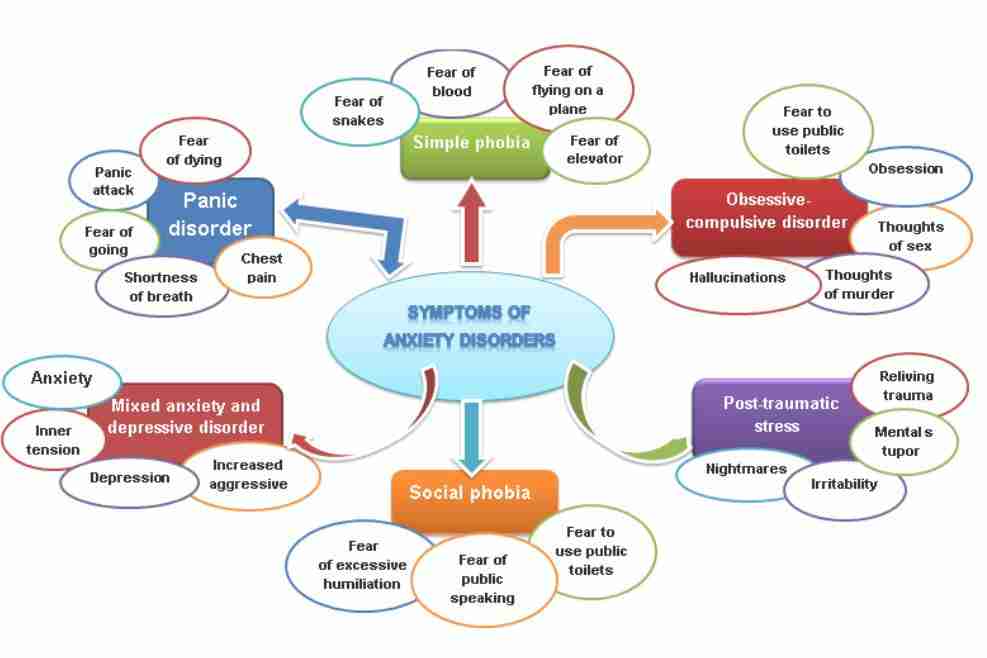
In addition, customers can use paid methods: in online banks, with partners of the Bureau.
How to make a request to the BKI on the example of the NBKI:
- Open the official website of the NKBI nbki.ru;
- Register and confirm your account through the State Services portal. nine0031
- Select the "Get CI" section, sector "Individuals":
- Select the method of obtaining CI.
- Enter your personal account.
- Order the required service.
In what form is credit history provided?
Depending on the Bureau, the report will be formed differently, but it will necessarily contain 4 parts:
- Cover page with basic information about the borrower.
- Basic with data on all credits and loans. nine0031
- Additional with names of creditors.
- Informational with additional information.
For example, in Sberbank an online report looks like this:
From 2019, you can order a report 2 times a year for free, the number of paid requests is not limited.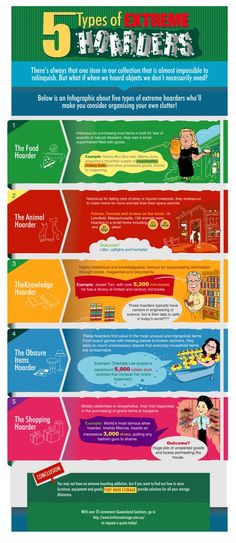
What to do next with CI?
If false information is found in the report, you should immediately contact the CBI and the bank that provided false information. An appropriate application is drawn up, which the Bureau is obliged to consider within 30 days. If the CBI receives a refusal to change the CI, the client can apply to the court. nine0003
If CI is hopelessly damaged, you can try to gradually correct it by receiving and repaying small amounts of microloans and credits.
How often is CI updated?
The IC is updated after each change in the situation with the debt: repayment, arrears, changes in the terms of the contract, etc. Banks are required to transfer information to the CBI within 5 days, the Bureau makes changes within 1 day.
OBK
Osaka Bane Ind. (Japan) began operations at 1933, and since then has been producing springs for 73 years.
Representative offices of the company are located in 15 countries of the world.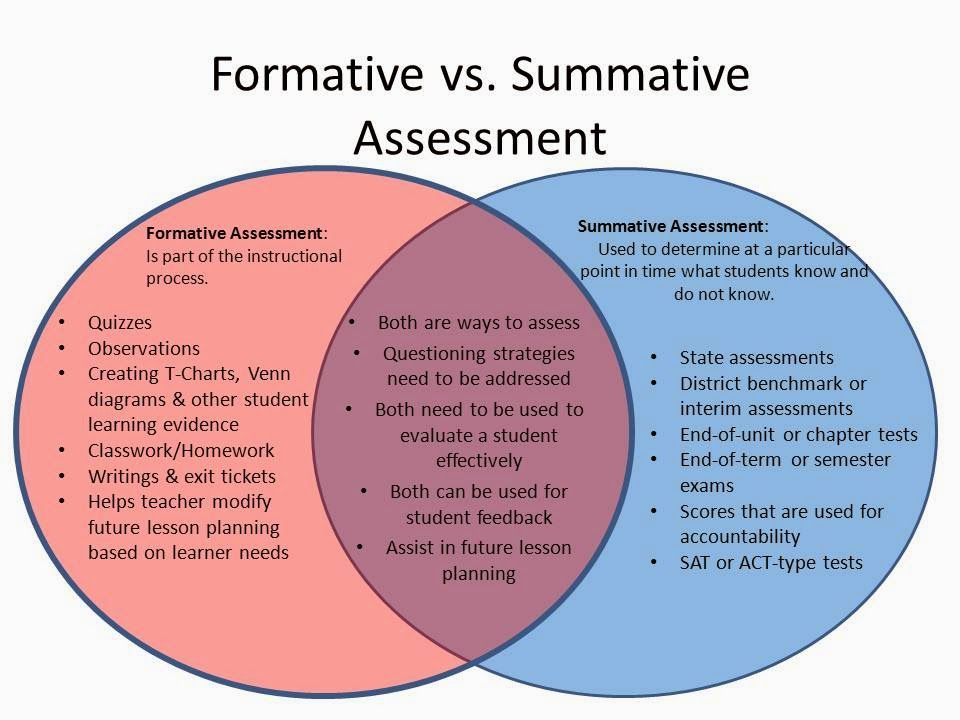
The main and most important criterion for production is the quality of products and the almost complete absence of defects in each batch - this is due to the fact that in Japanese factories, defects are detected during the production process: at each of the six main production stages, the springs undergo quality and compliance control.
The production of a spring in first-class production consists of approximately six production steps. The springs on the market today are focused more on reducing production costs than on improving driving safety. In order to save money, some manufacturers skip important production steps or replace them with insufficiently reliable manufacturing methods. Outwardly, this difference is imperceptible. Therefore, to make sure that your springs meet all standards, it is necessary to use only quality springs that have gone through a high-quality manufacturing process, such as OBK
The company uses special spring production techniques, including hot and cold forging, and uses the most advanced materials such as graphite, silicone, manganese, chromium and vanadium.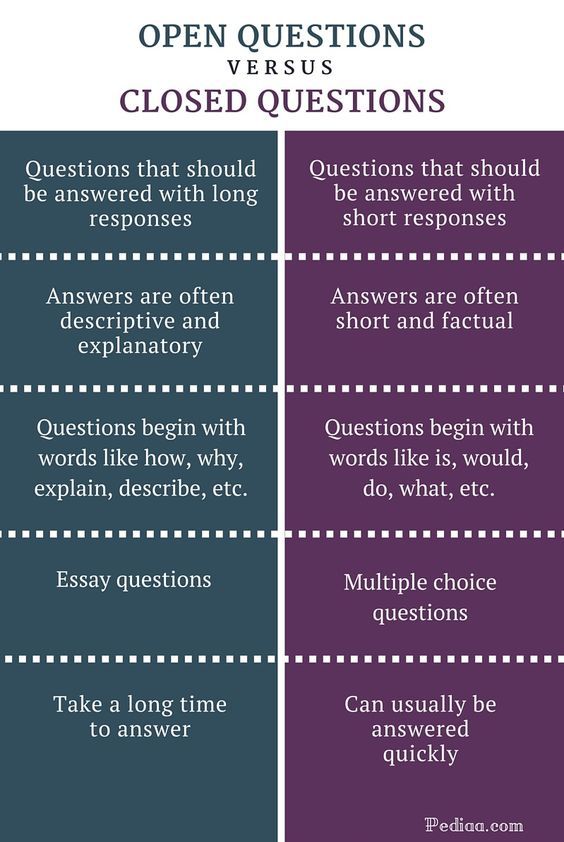
All OBK-branded products are subjected to a compression test, a continuous load test of more than 250,000 cycles, and several other metal strength and fatigue tests.
Products are covered with high quality epoxy rubber, which protects them from environmental influences for a long time. nine0023 There are four types of OBK springs:
1. Standard - standard springs restore the vehicle's factory settings;
2. Reinforced - due to the special processing of the bar, a greater spring stiffness is achieved;
3. Variable stiffness (Double-turn) - a specially designed spring design more effectively dampens vehicle vibrations
, as a result, driving comfort is increased;
4. To increase clearance (Backlash) - a spring to raise the car by 2 inches (5.08 cm) without disturbing the geometry of the suspension. nine0023 Features and benefits of OBK springs.
1. Osaka Bane Ind. (Japan) started operations in 1933 and has been manufacturing OBK springs for 73 years since then.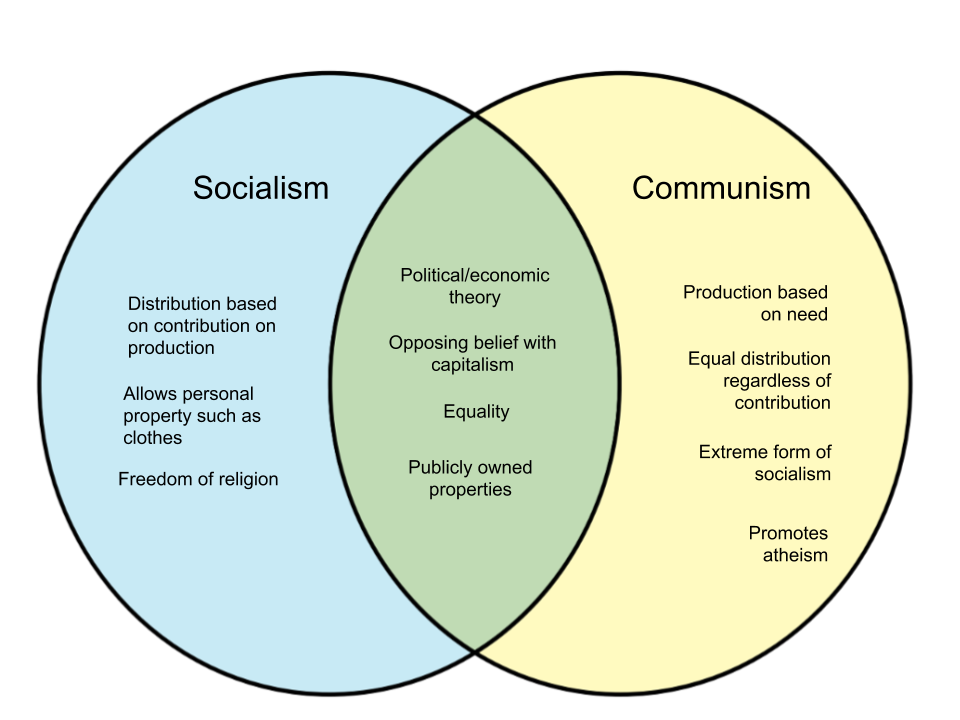 Representative offices of the company are located in 15 countries of the world;
Representative offices of the company are located in 15 countries of the world;
2. The quality of products and the almost complete absence of defects in each batch - this is due to the fact that in Japanese factories, defects are detected during the production process: at each of the six main production stages, the springs undergo quality and compliance control; nine0023 3. OBK springs are supplied to assembly lines of leading Japanese car manufacturers;
4. HVAC springs are supplied not only for cars, but also for some special applications:
• A significant percentage of Japanese SHINKANSEN bullet trains are equipped with HVAC springs.
• In Japan, due to frequent earthquakes, there are increased requirements for the seismic stability of buildings and structures. Therefore, springs are used in their design. HVAC supplies such springs. For example, during the construction of the Tokyo "Eiffel Tower" - "Tokyo Tower" HVAC springs were used. nine0023 • HVAC springs are used in many famous bridges in Japan.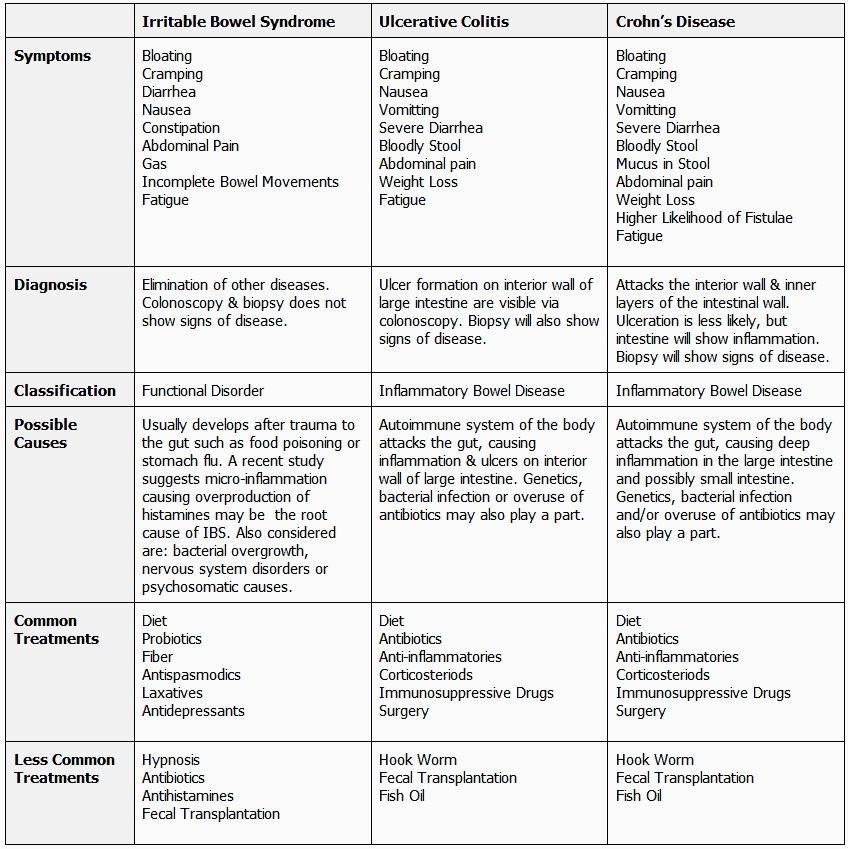 Since such applications are related to the safety of people's lives, the springs for them undergo very strict tests and tests.
Since such applications are related to the safety of people's lives, the springs for them undergo very strict tests and tests.
When installing HVAC springs on your car, you can be proud that you have used springs of the same brand and manufacturer as, for example, SHINKANSEN trains!
5. All springs have a complex multi-layer protective coating, including a polymer primer. Such a coating provides reliable protection of the spring surface from rusting and the appearance of corrosive shells at the points of impact of stones. nine0023 6. All OBK-branded products undergo a continuous load compression test of more than 250,000 cycles and several other tests for strength and "metal fatigue".
7. Products are covered with high quality epoxy rubber, which protects them from environmental influences for a long time.
8. The use of OBK springs during repairs allows you to get exactly the characteristics of the suspension, which were conceived when designing the car and implemented on the assembly line.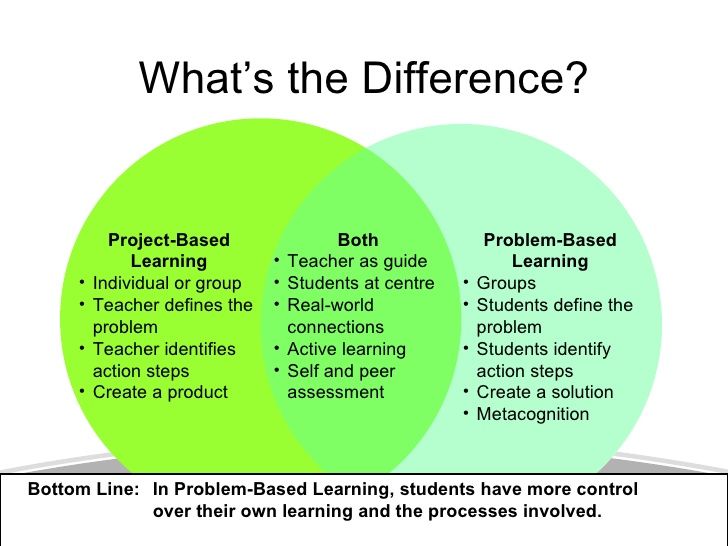
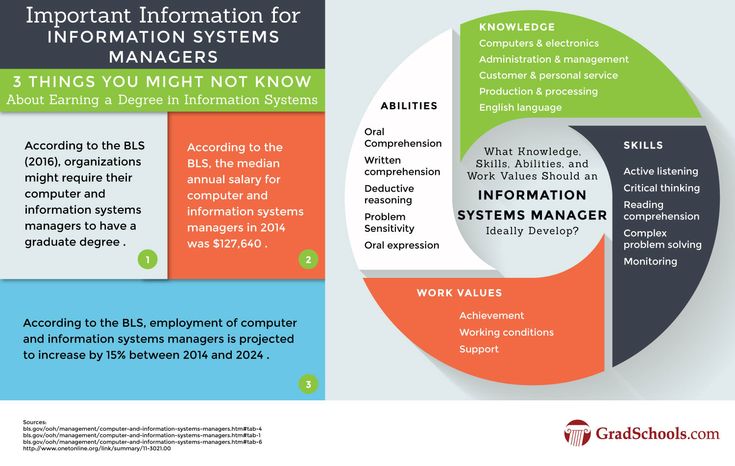 1
1 


